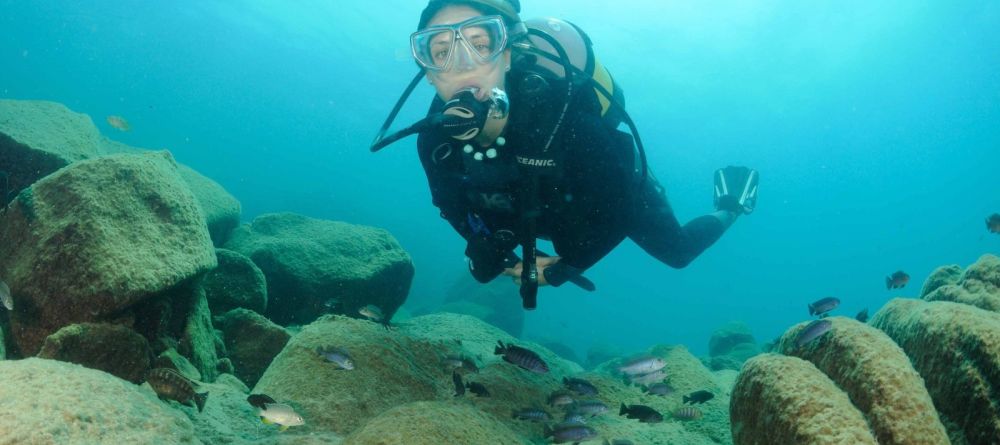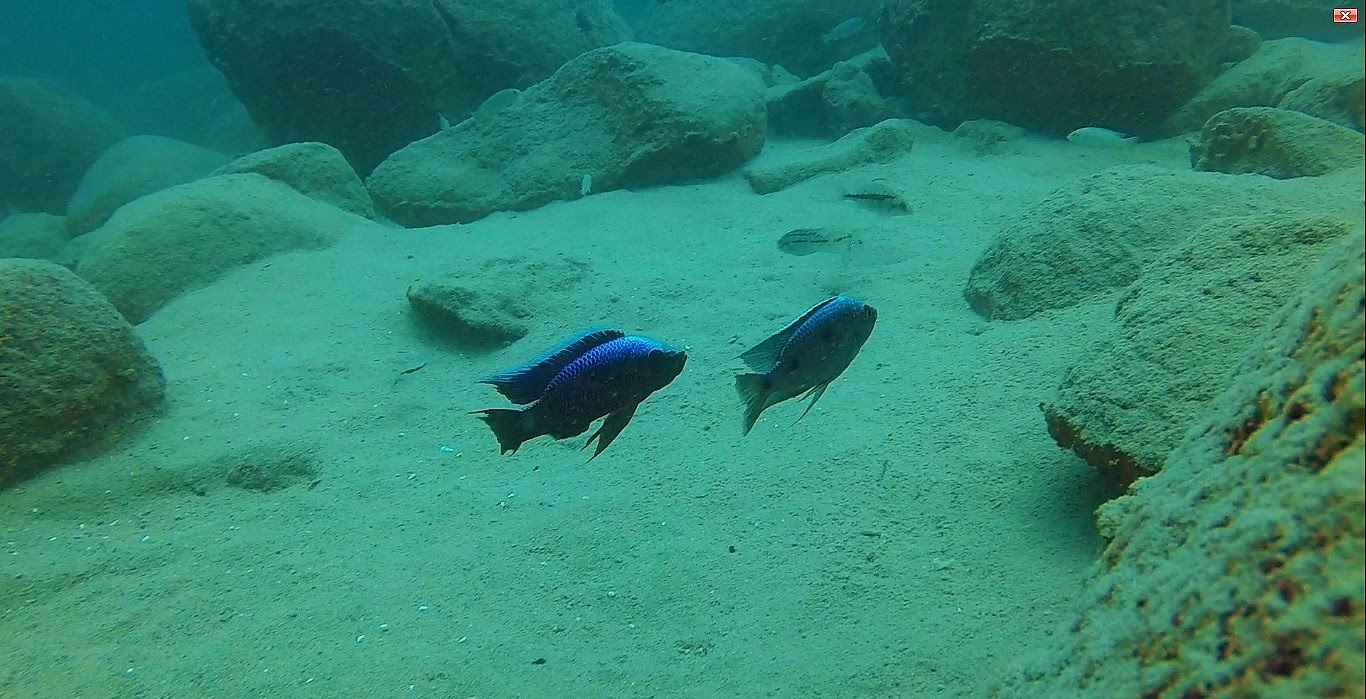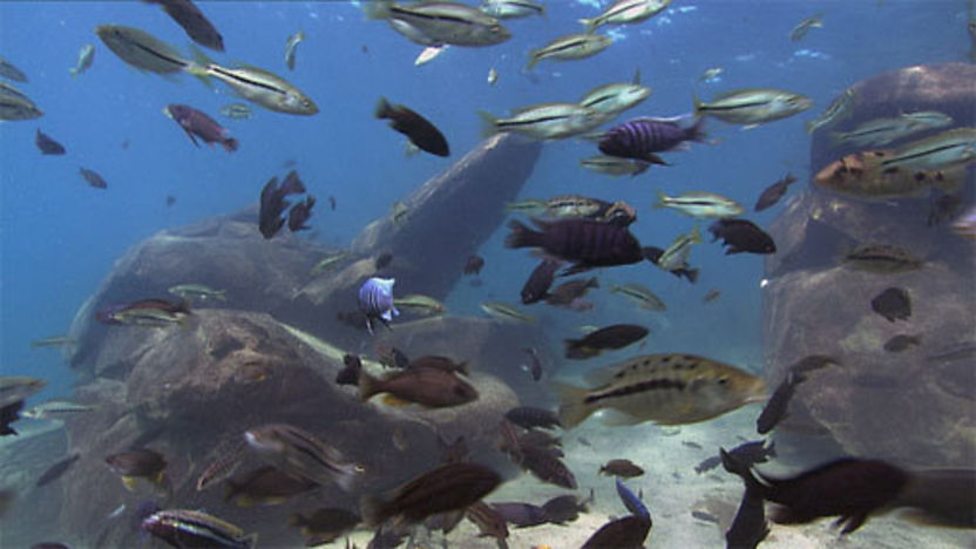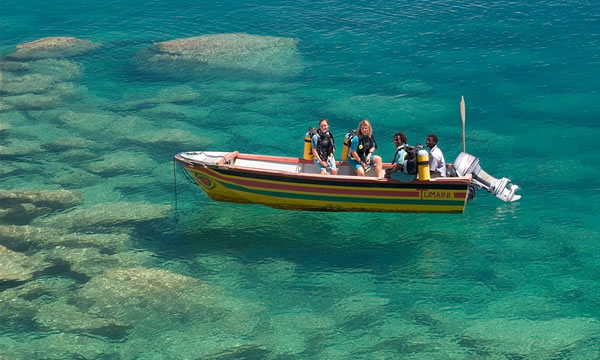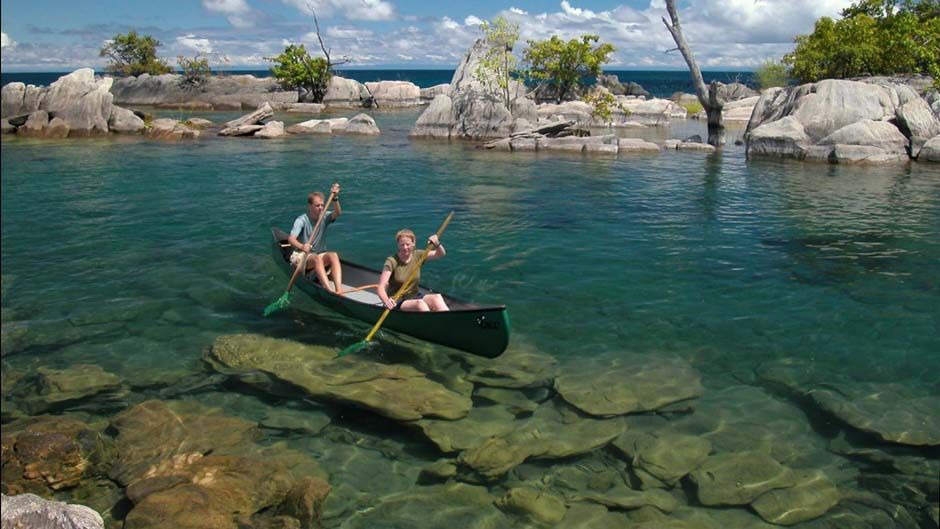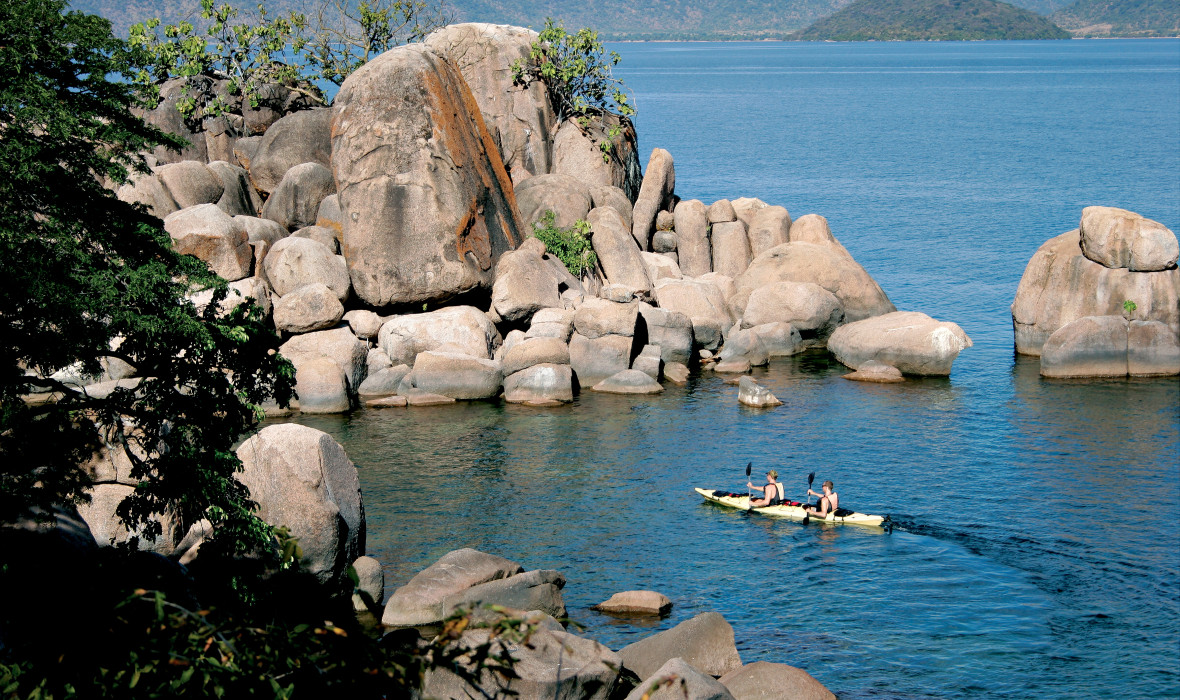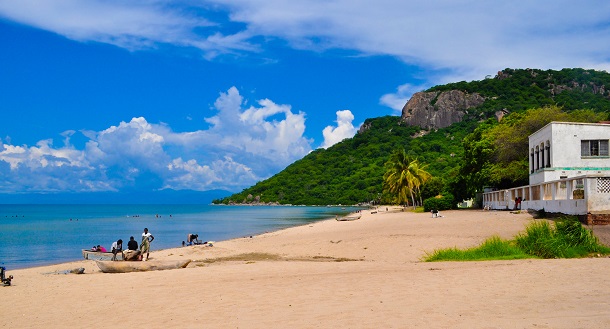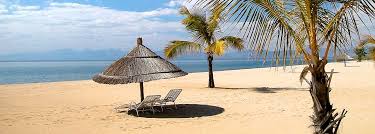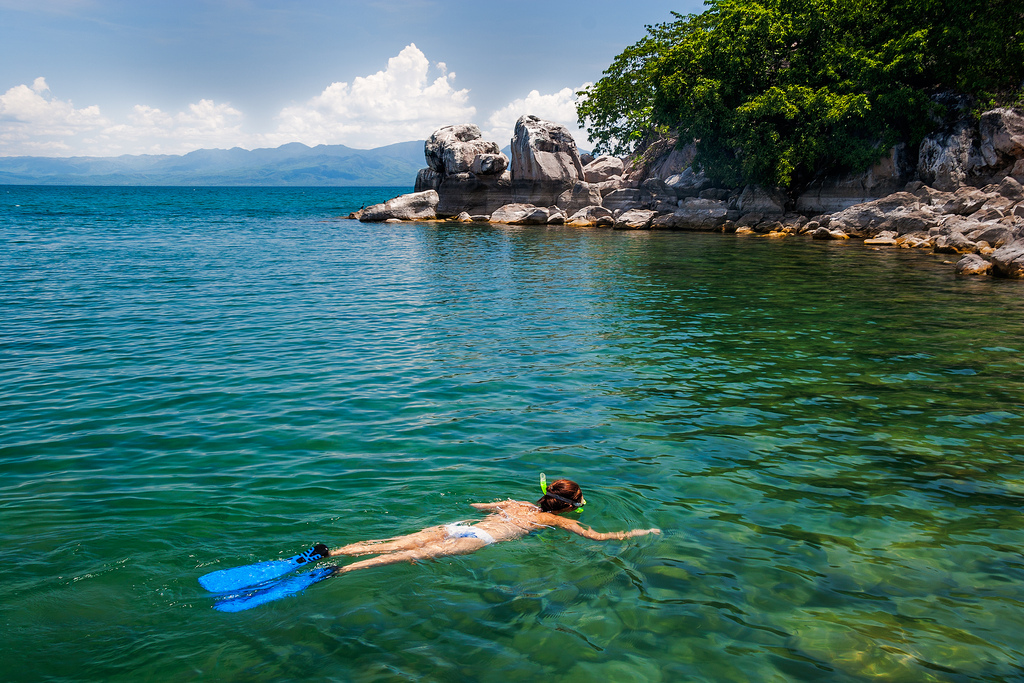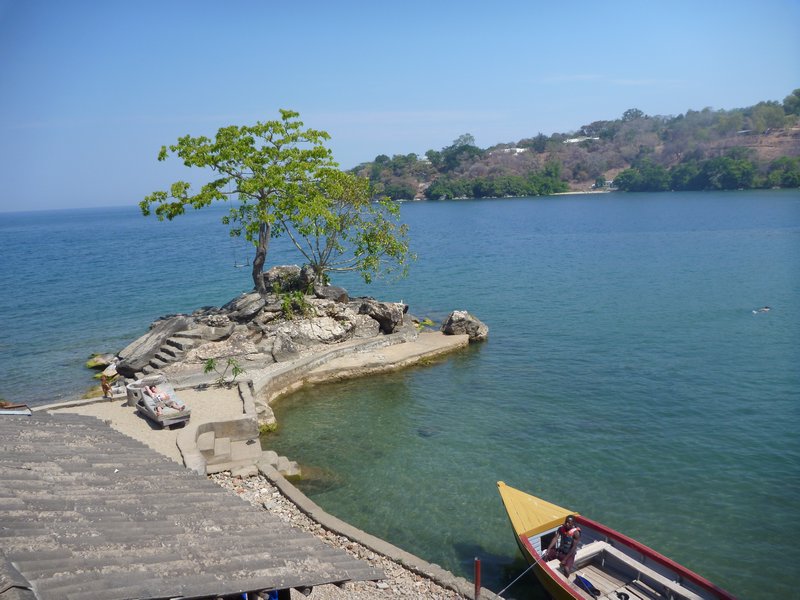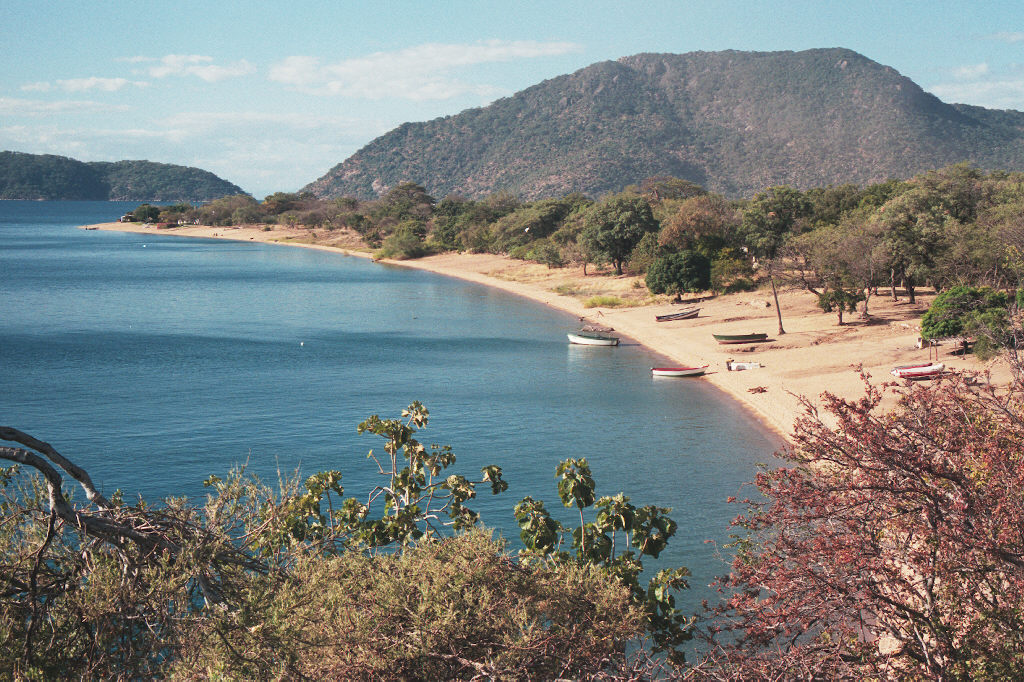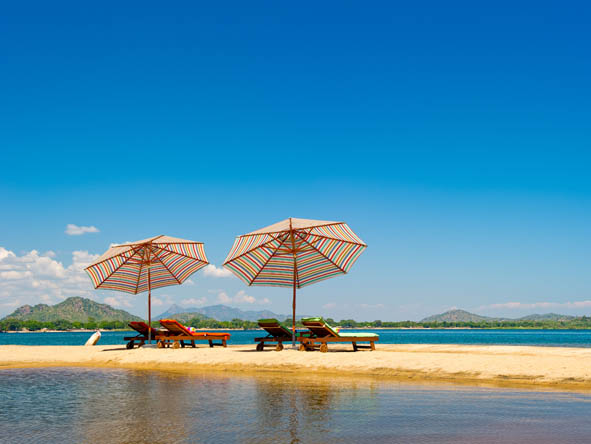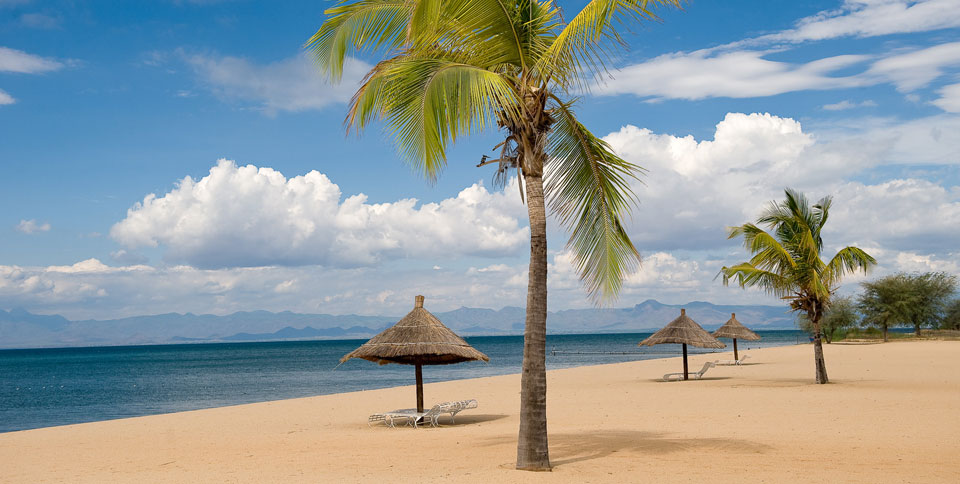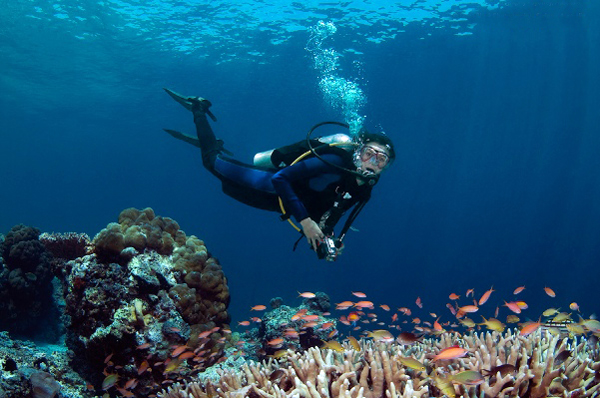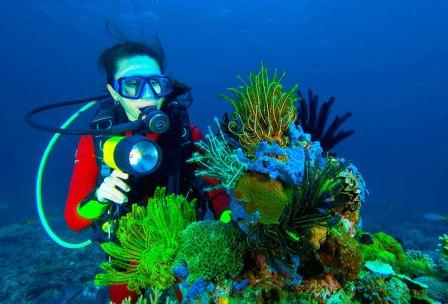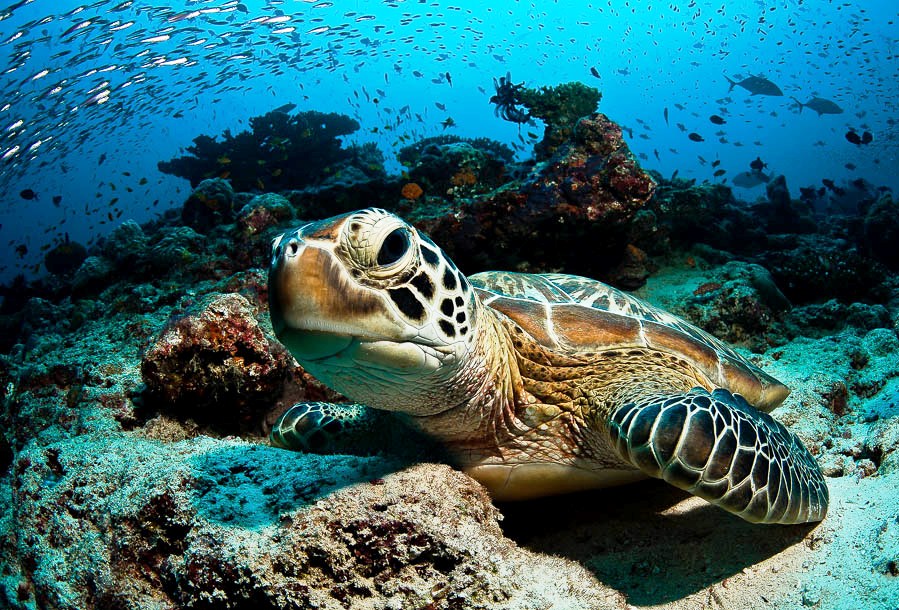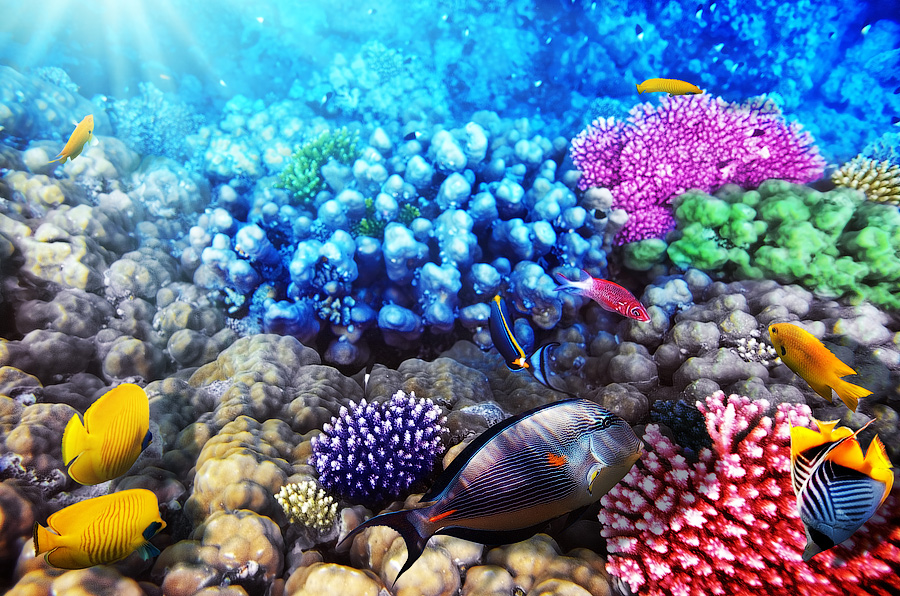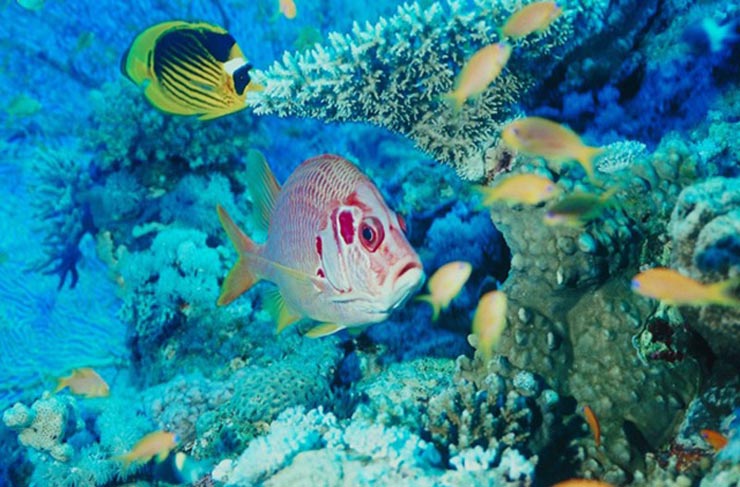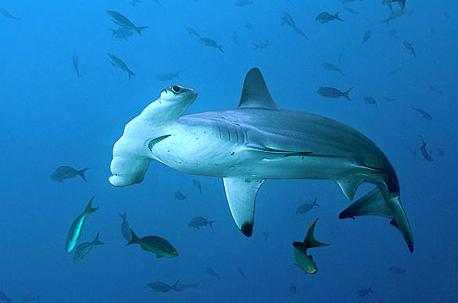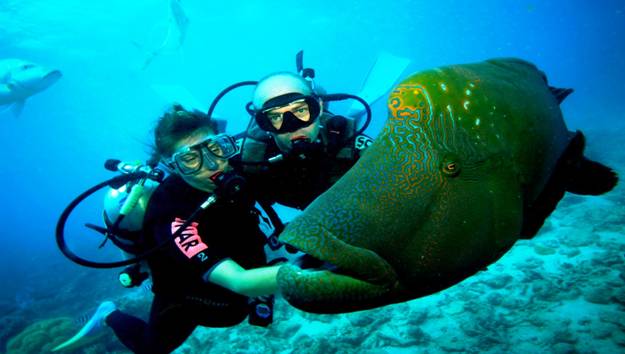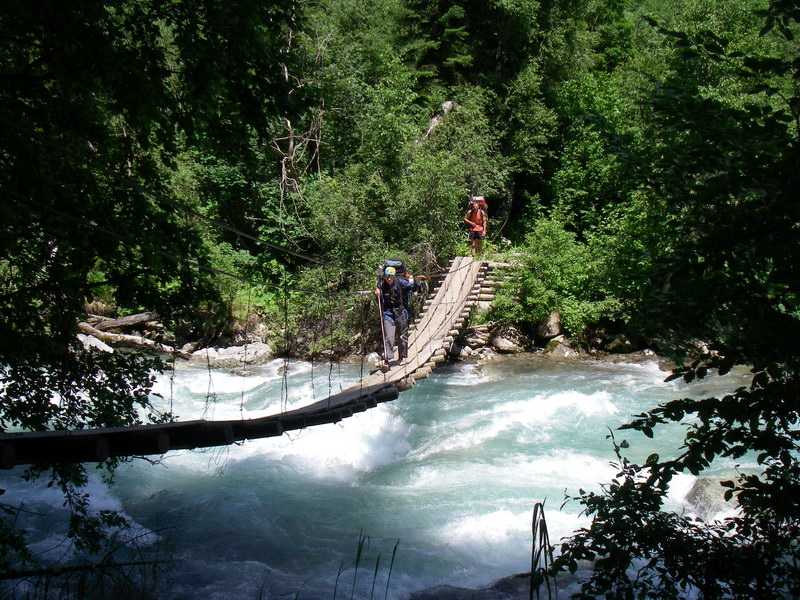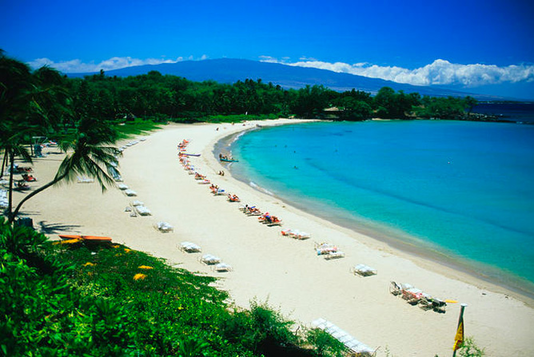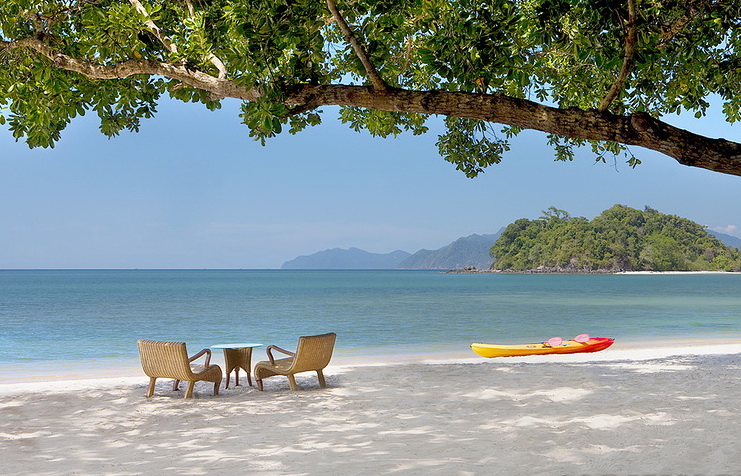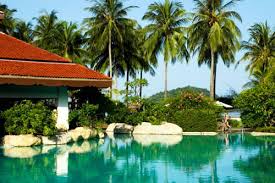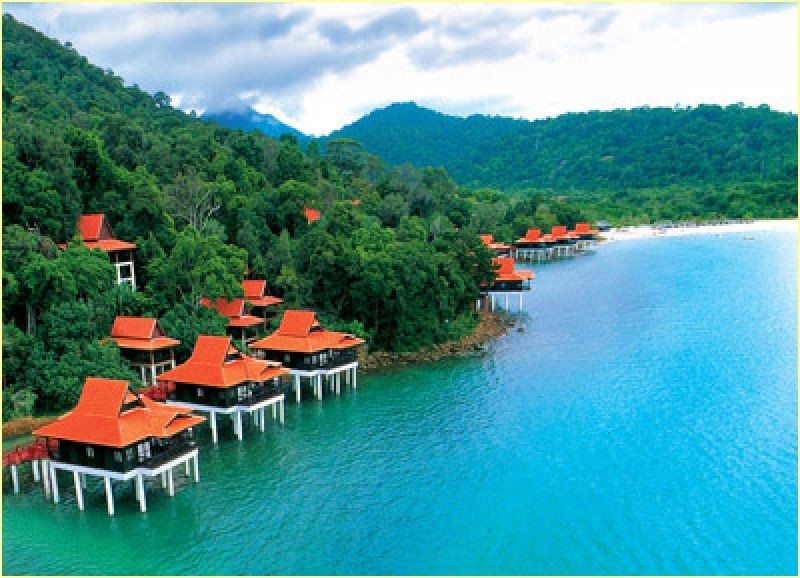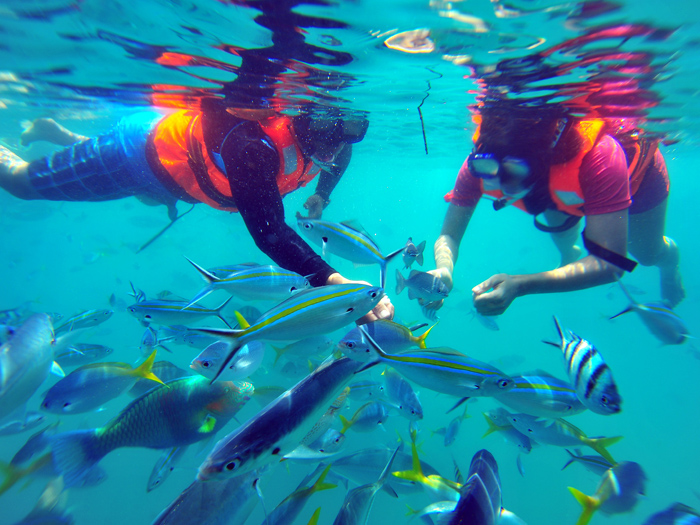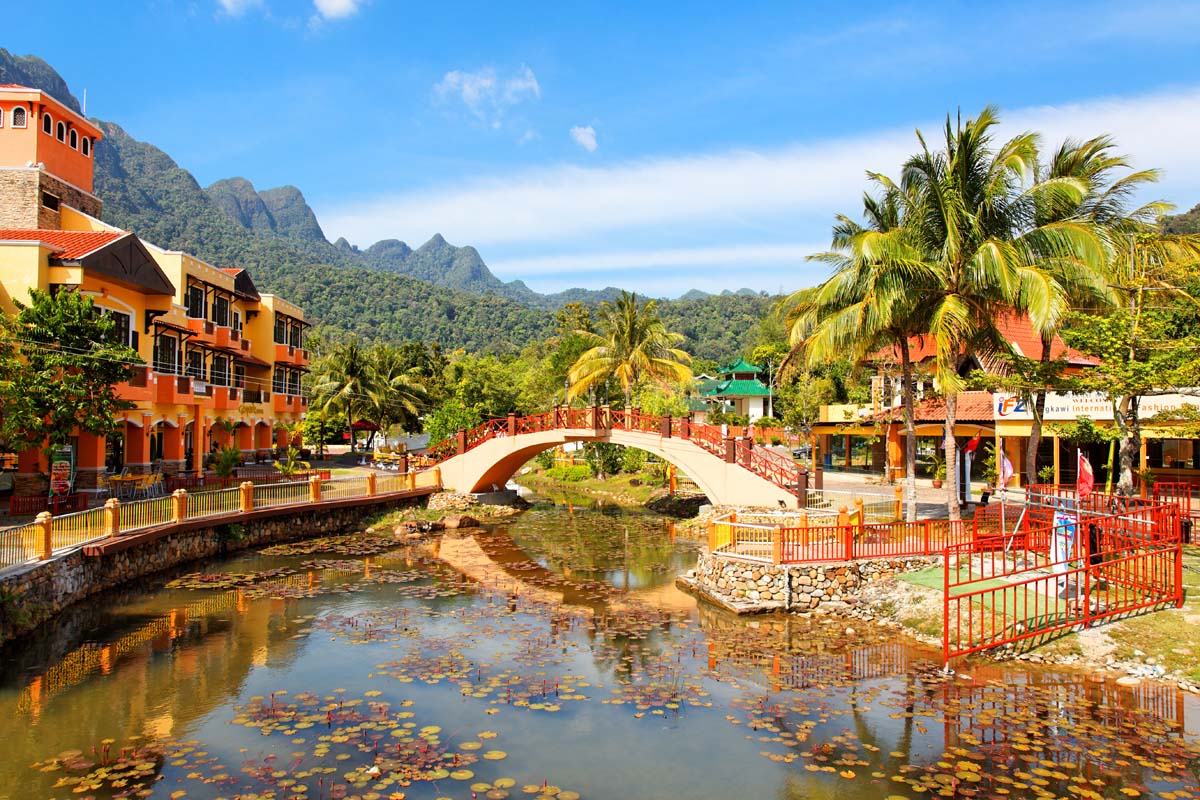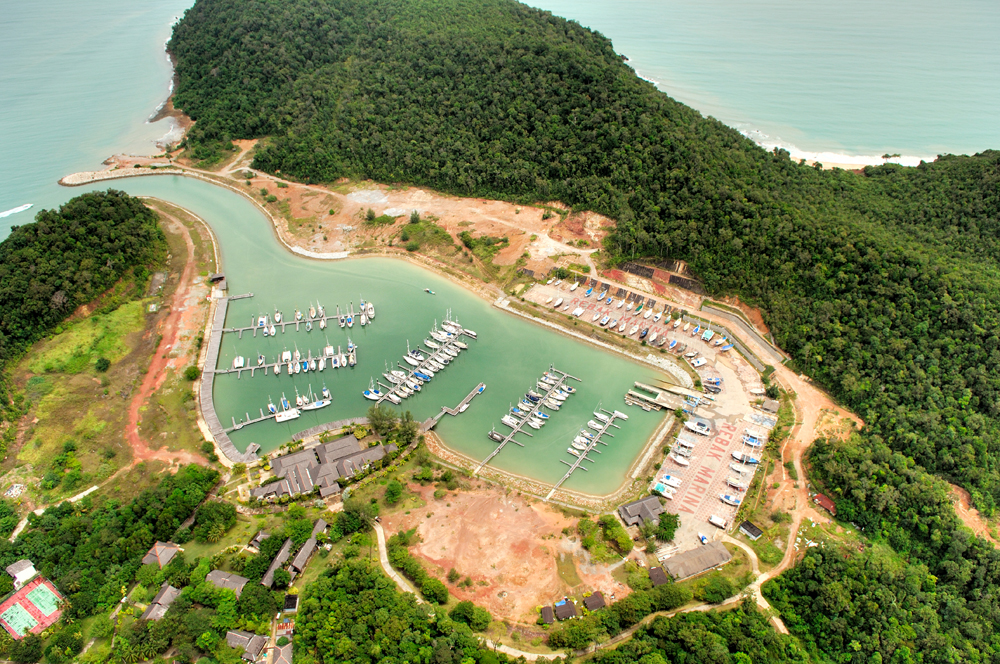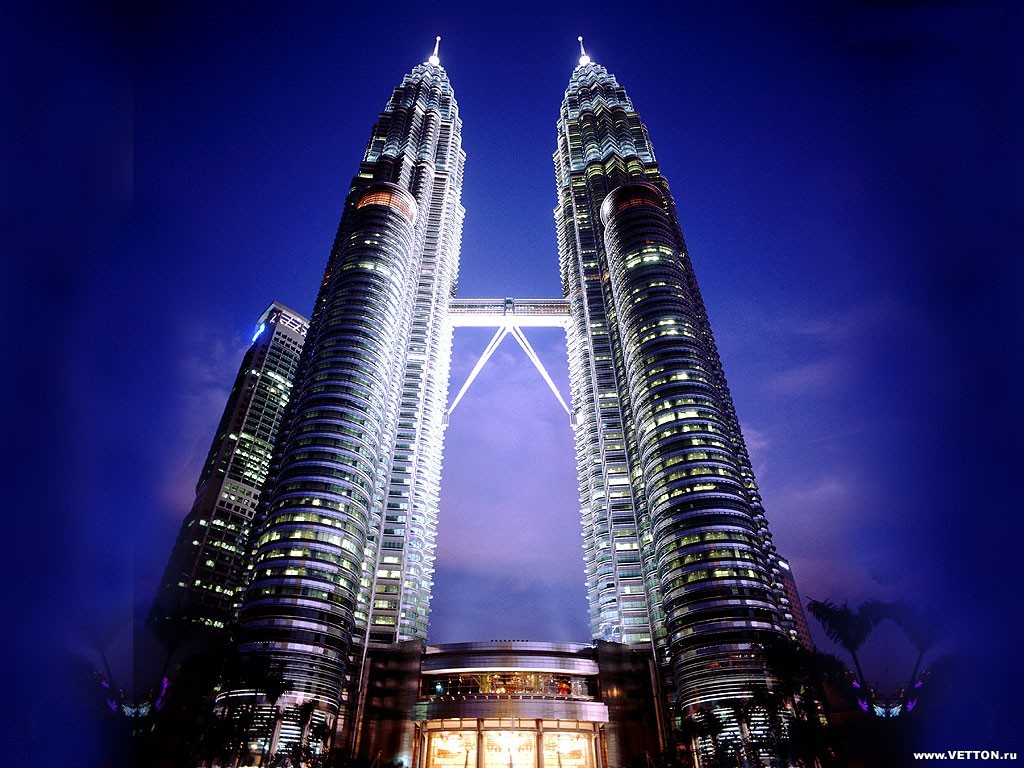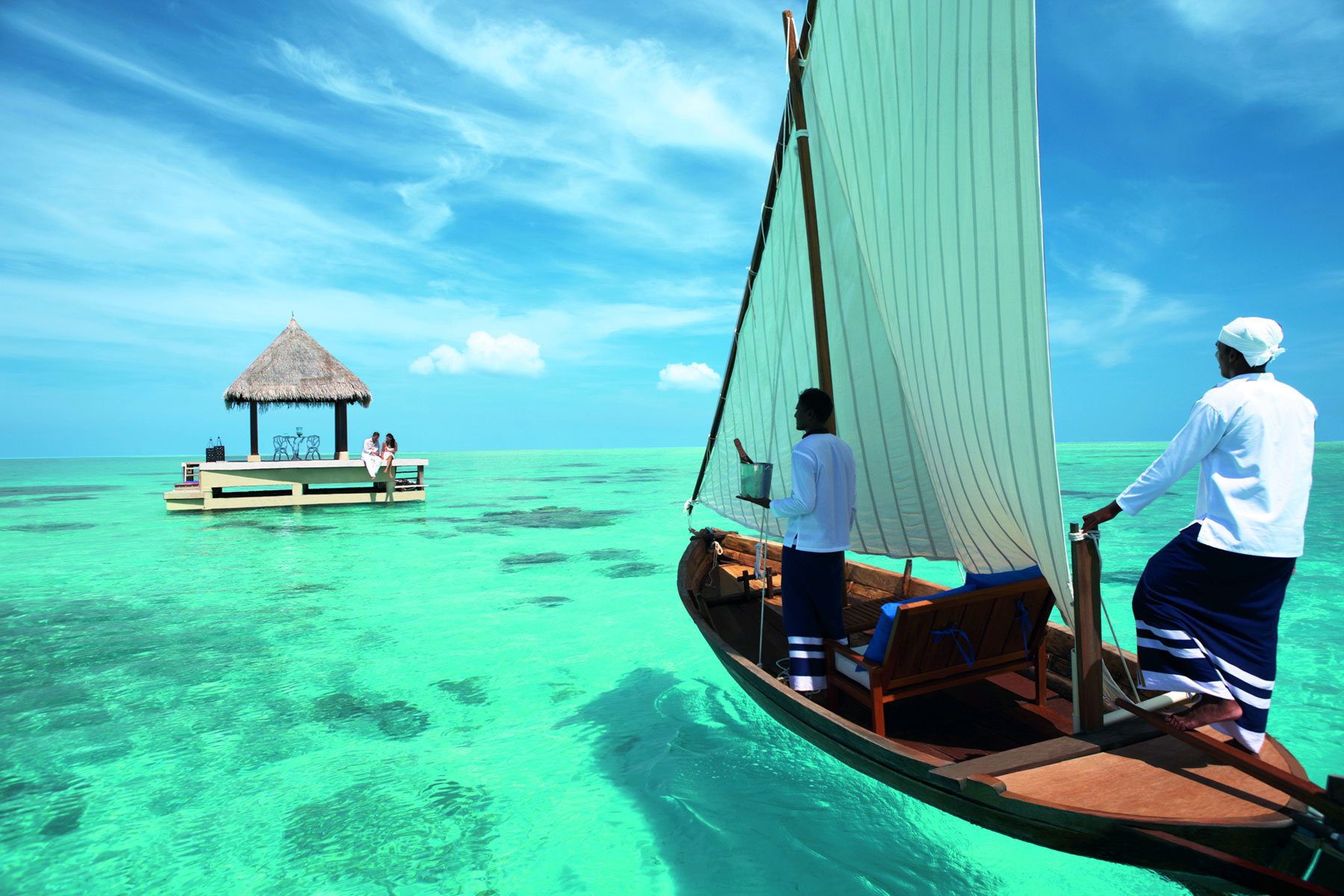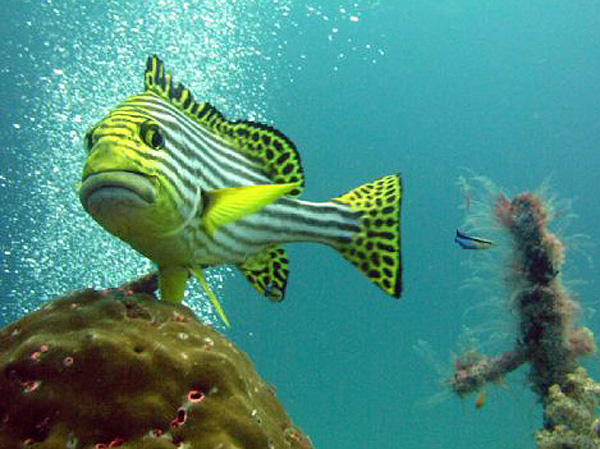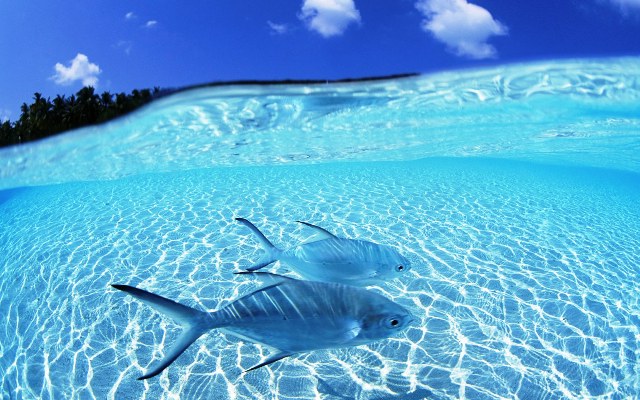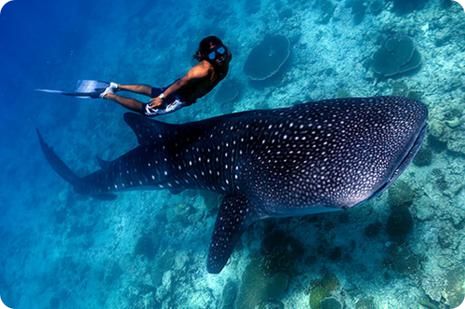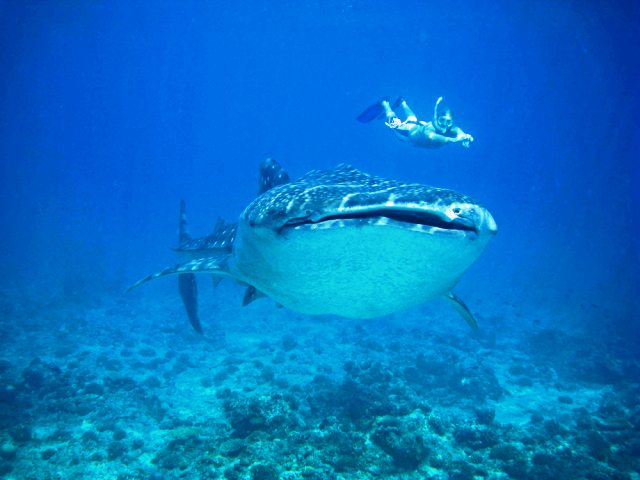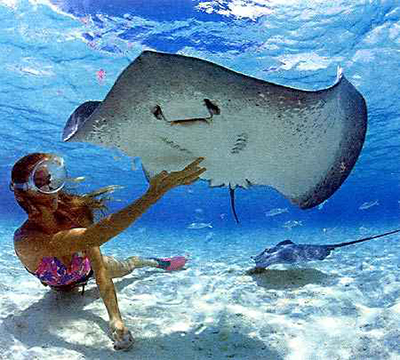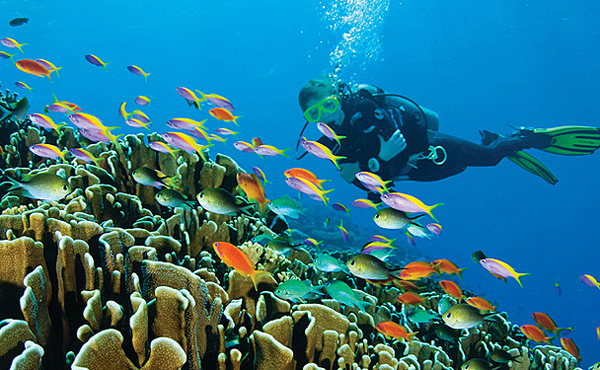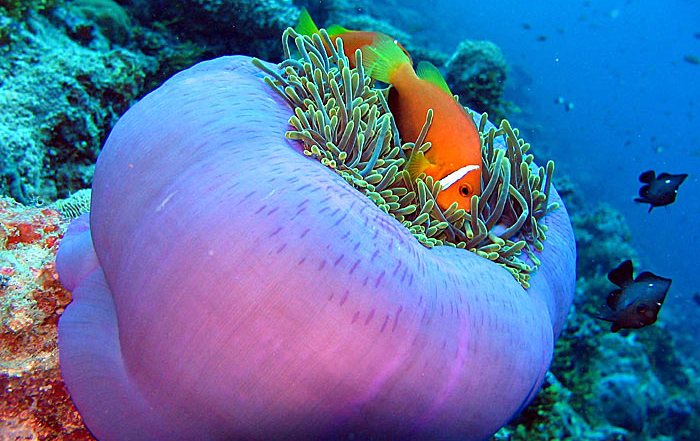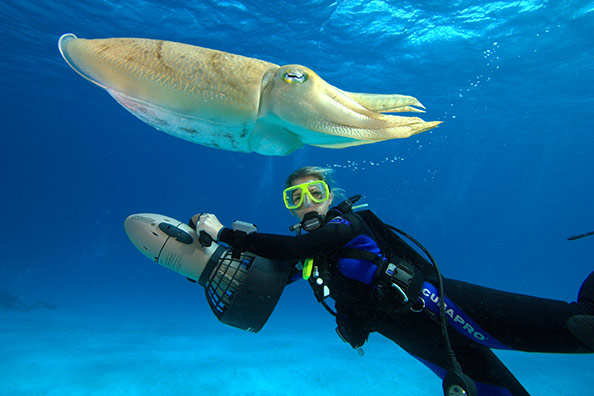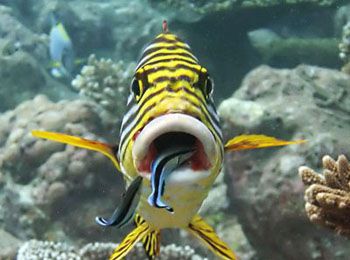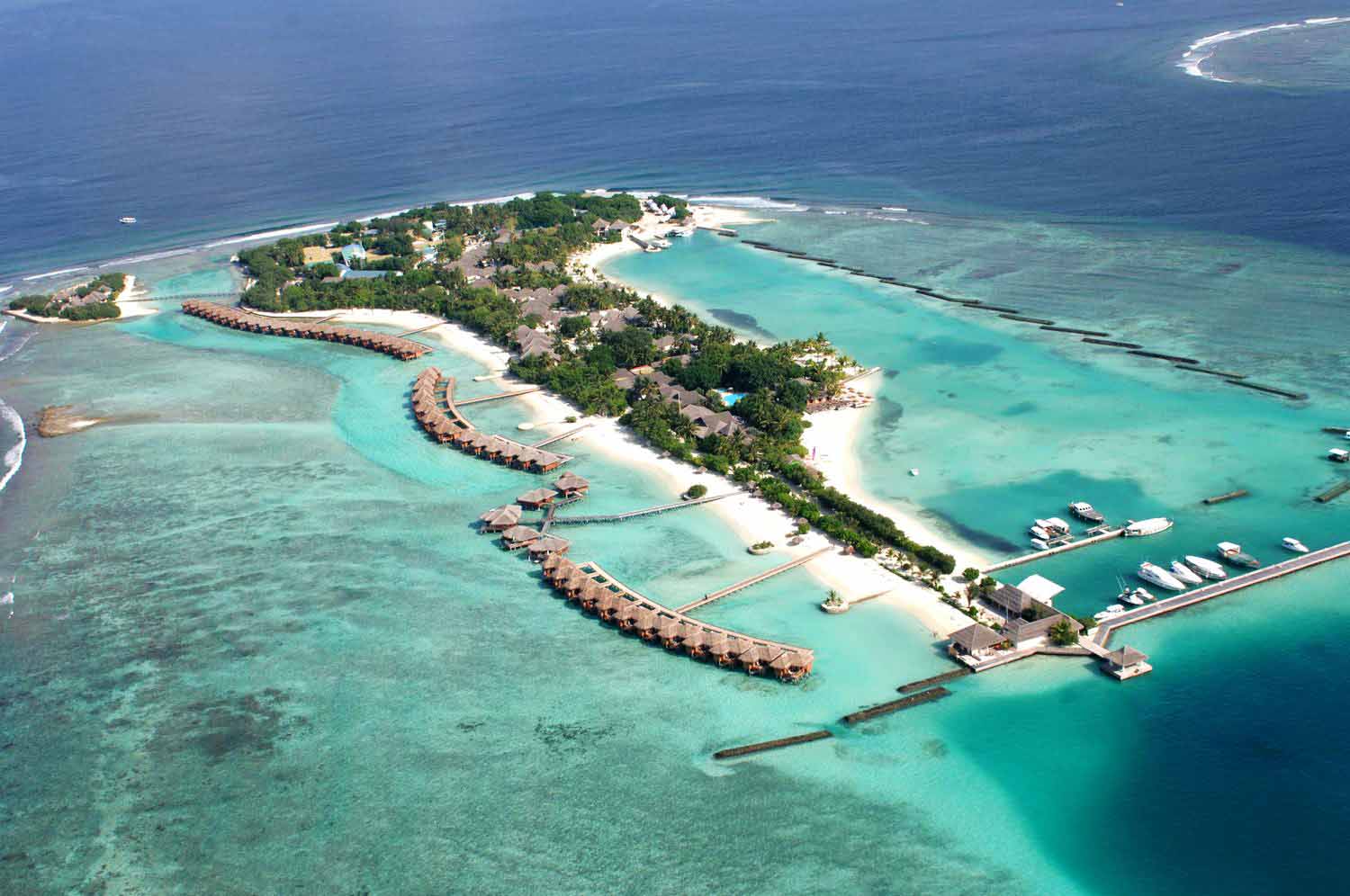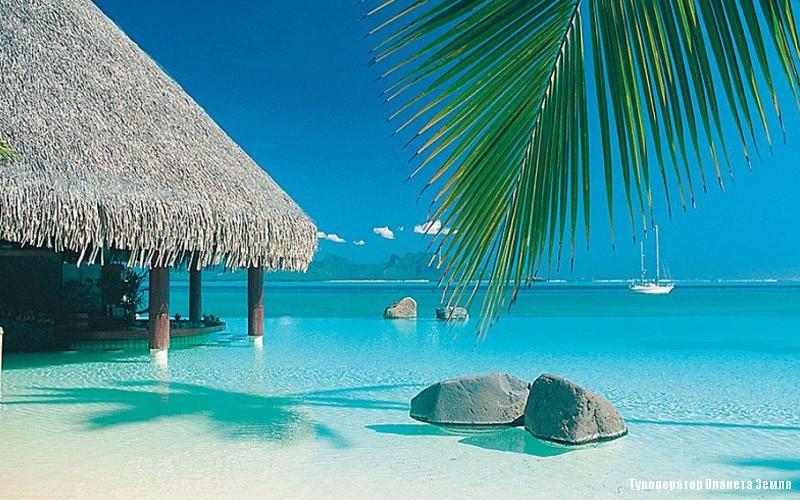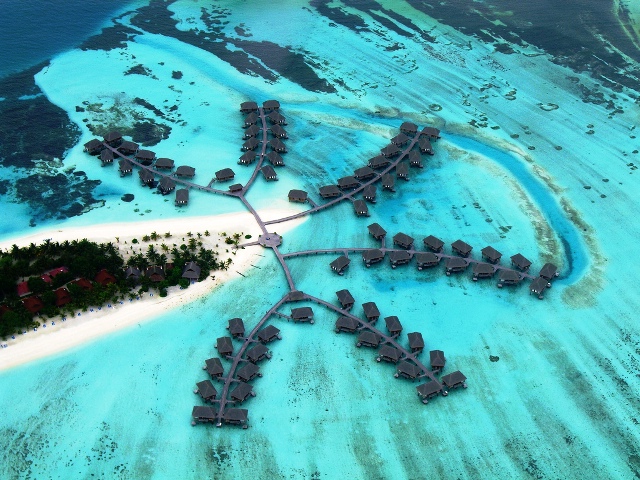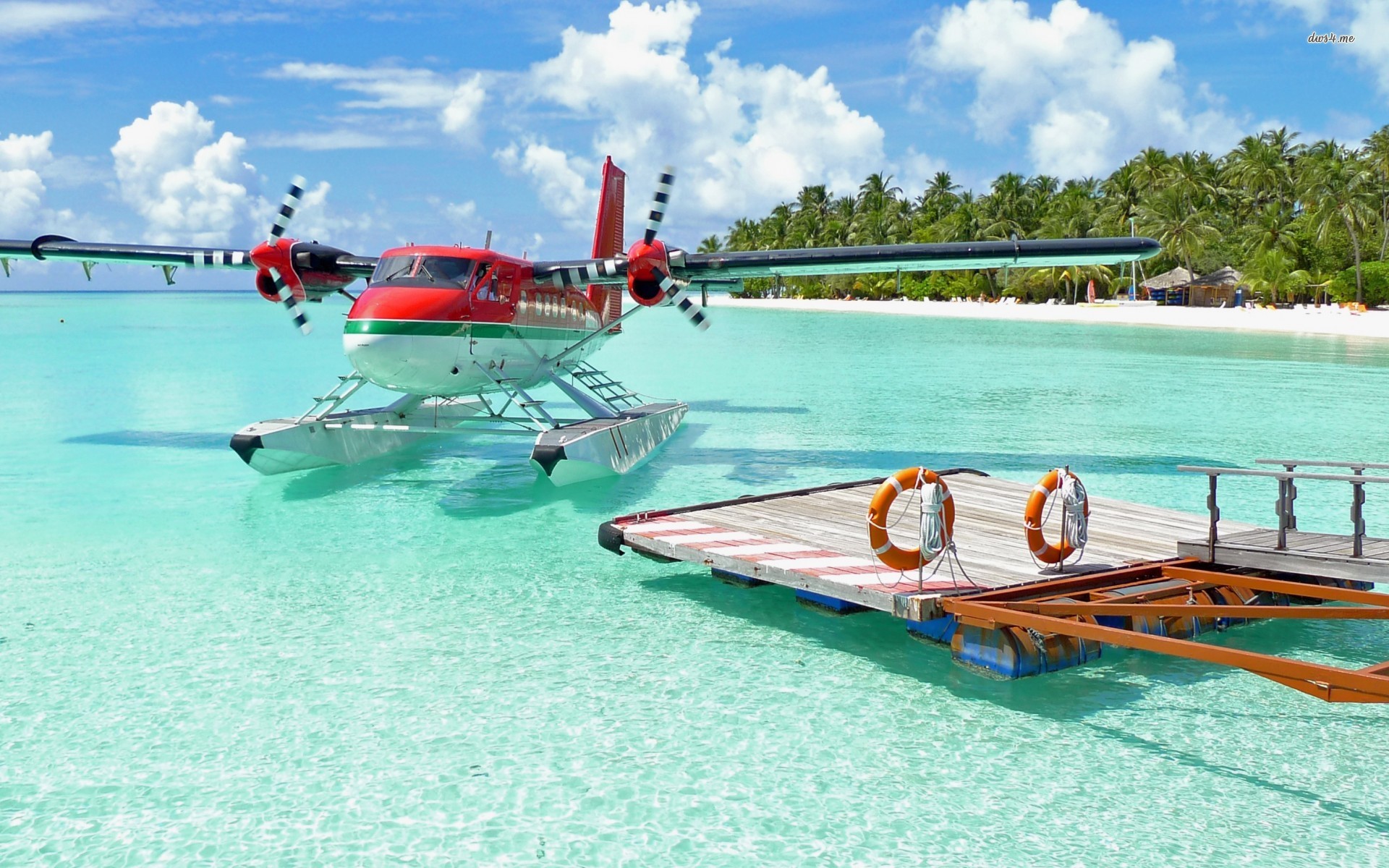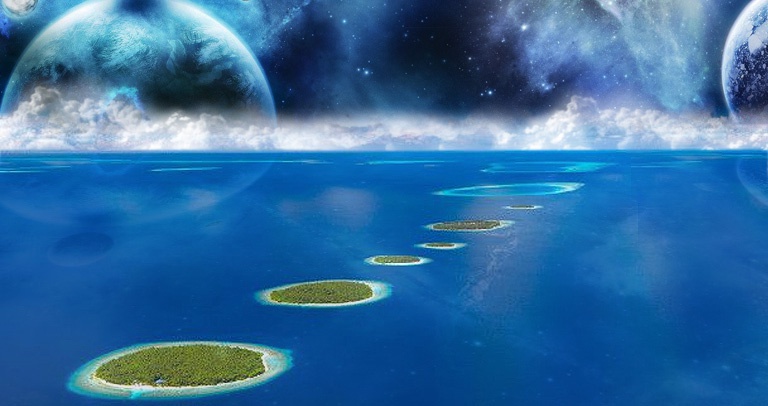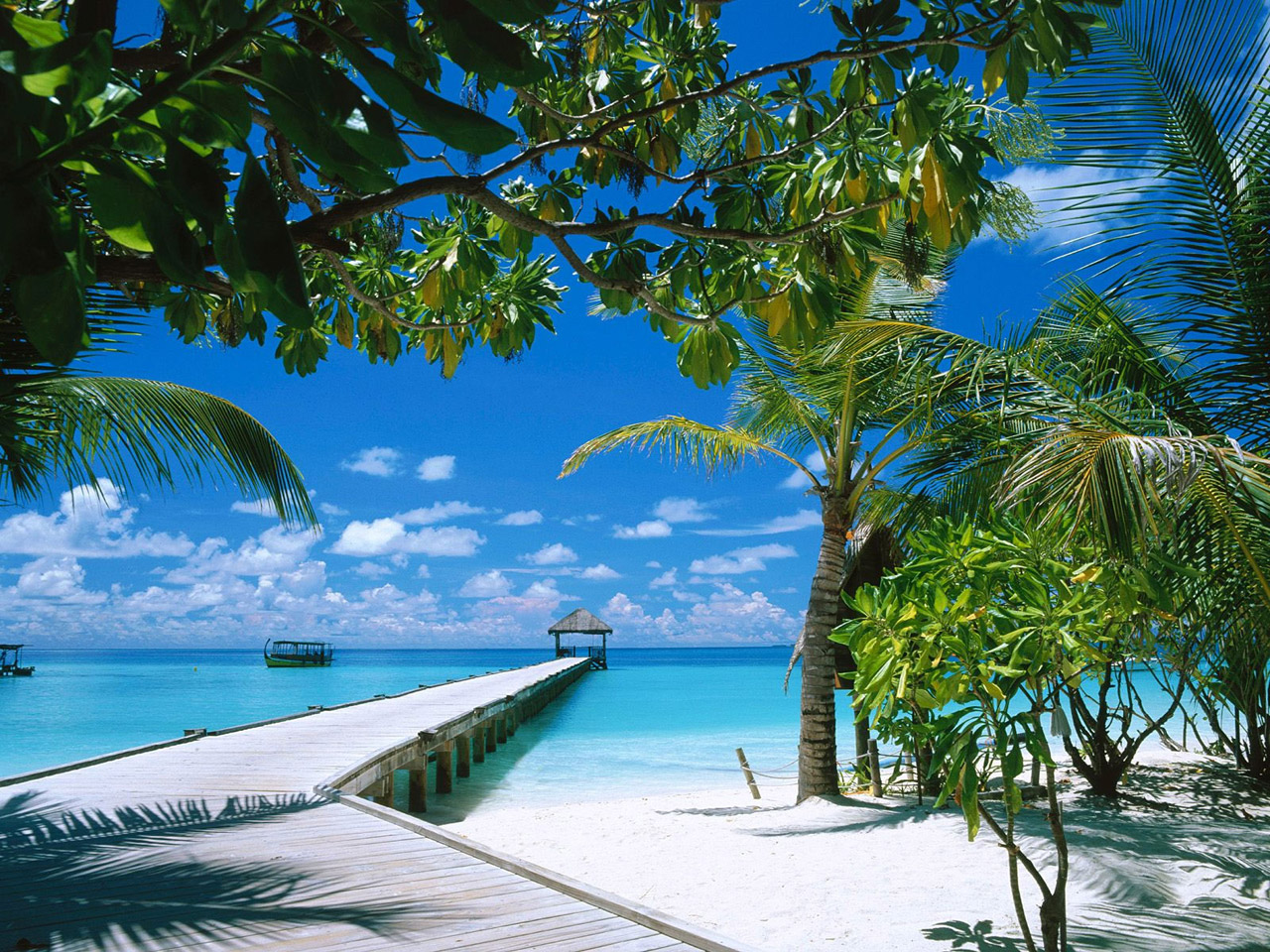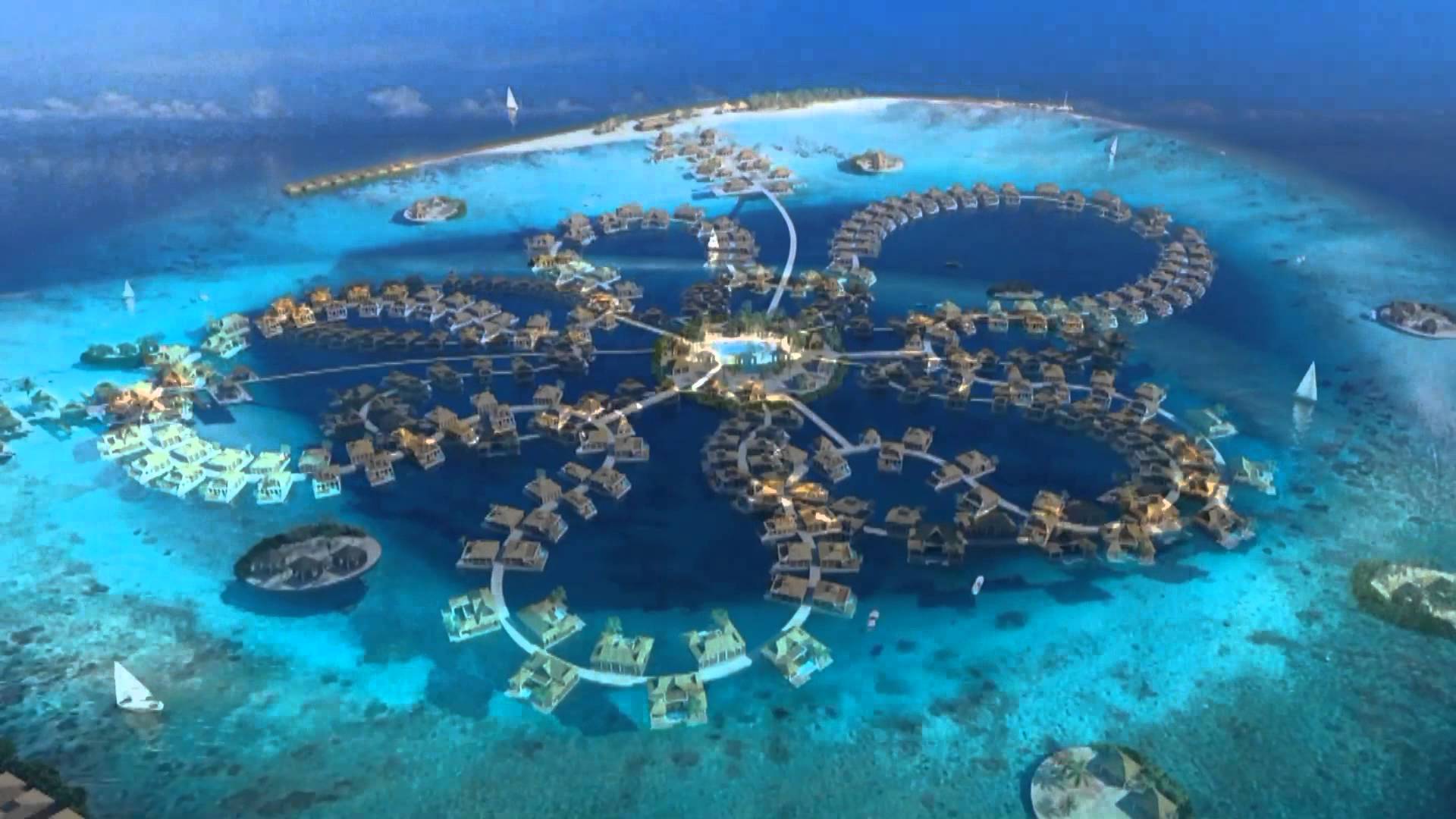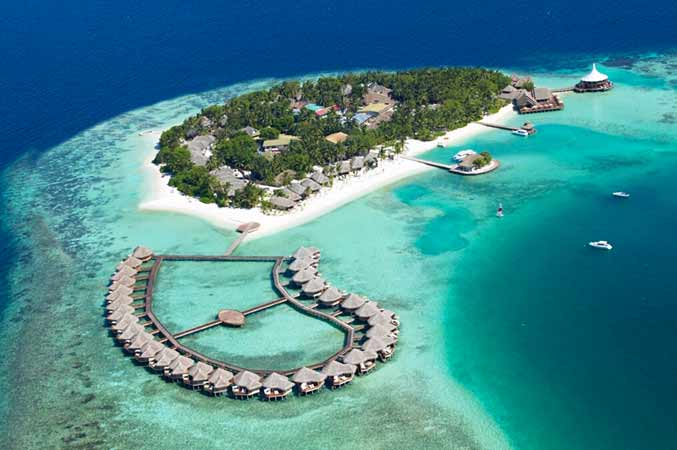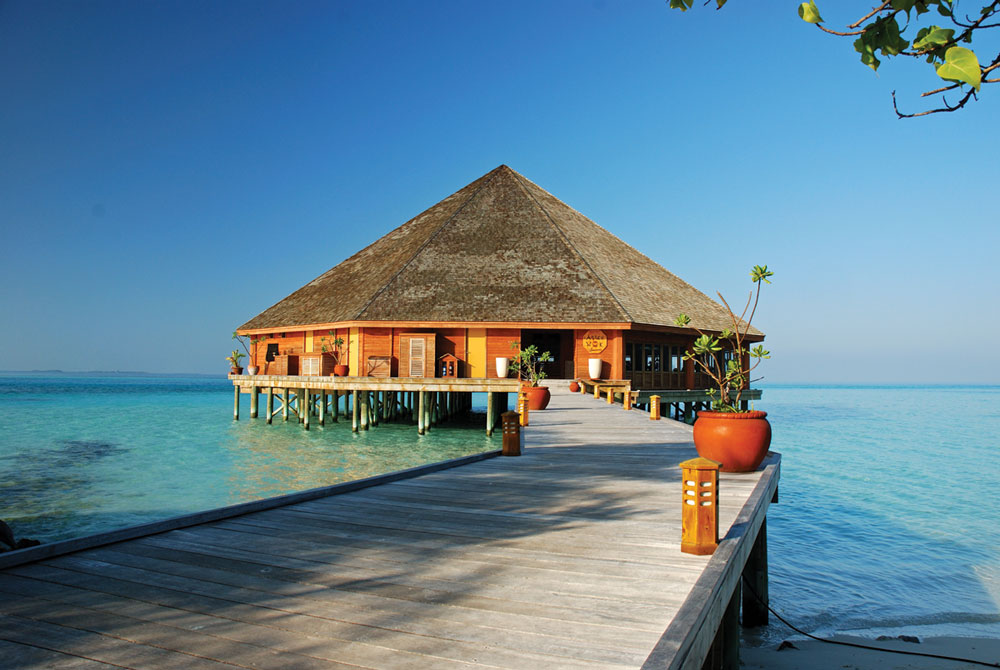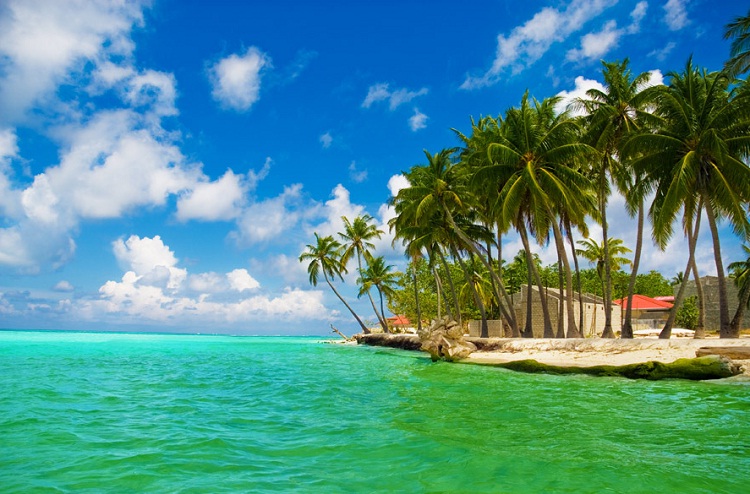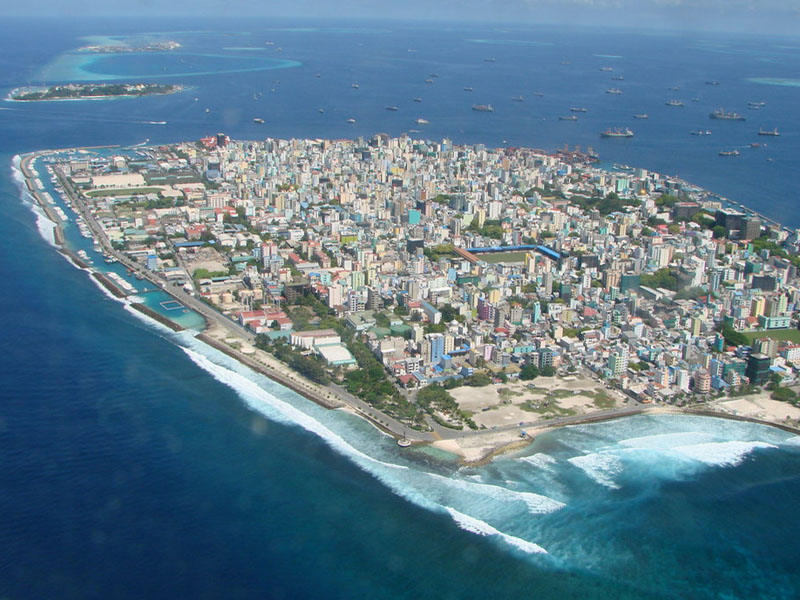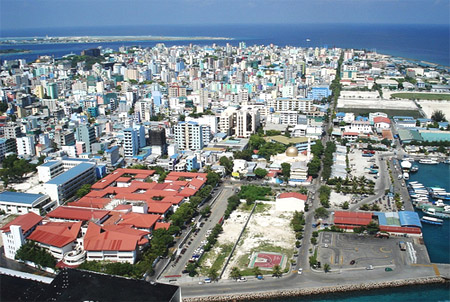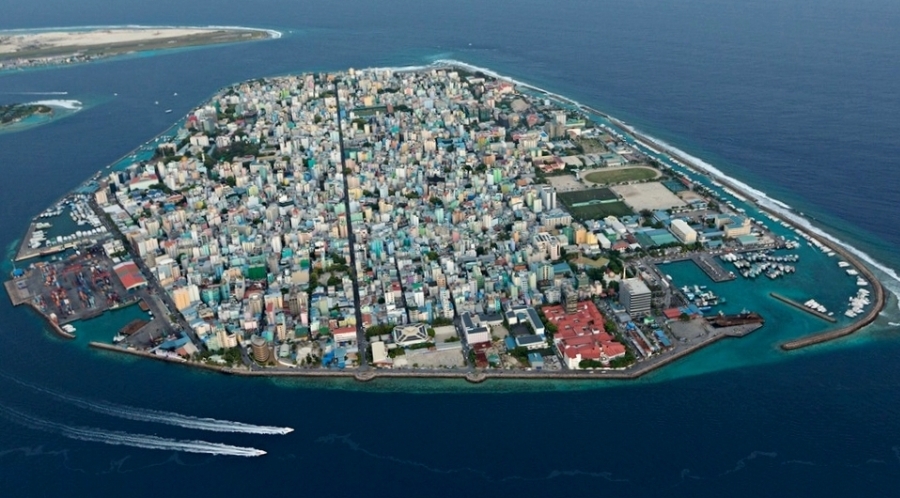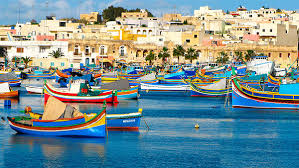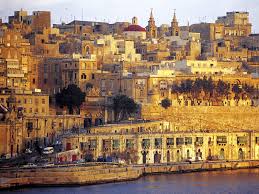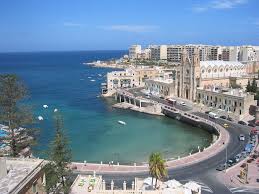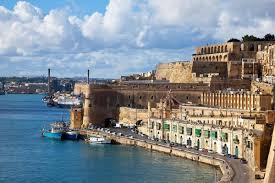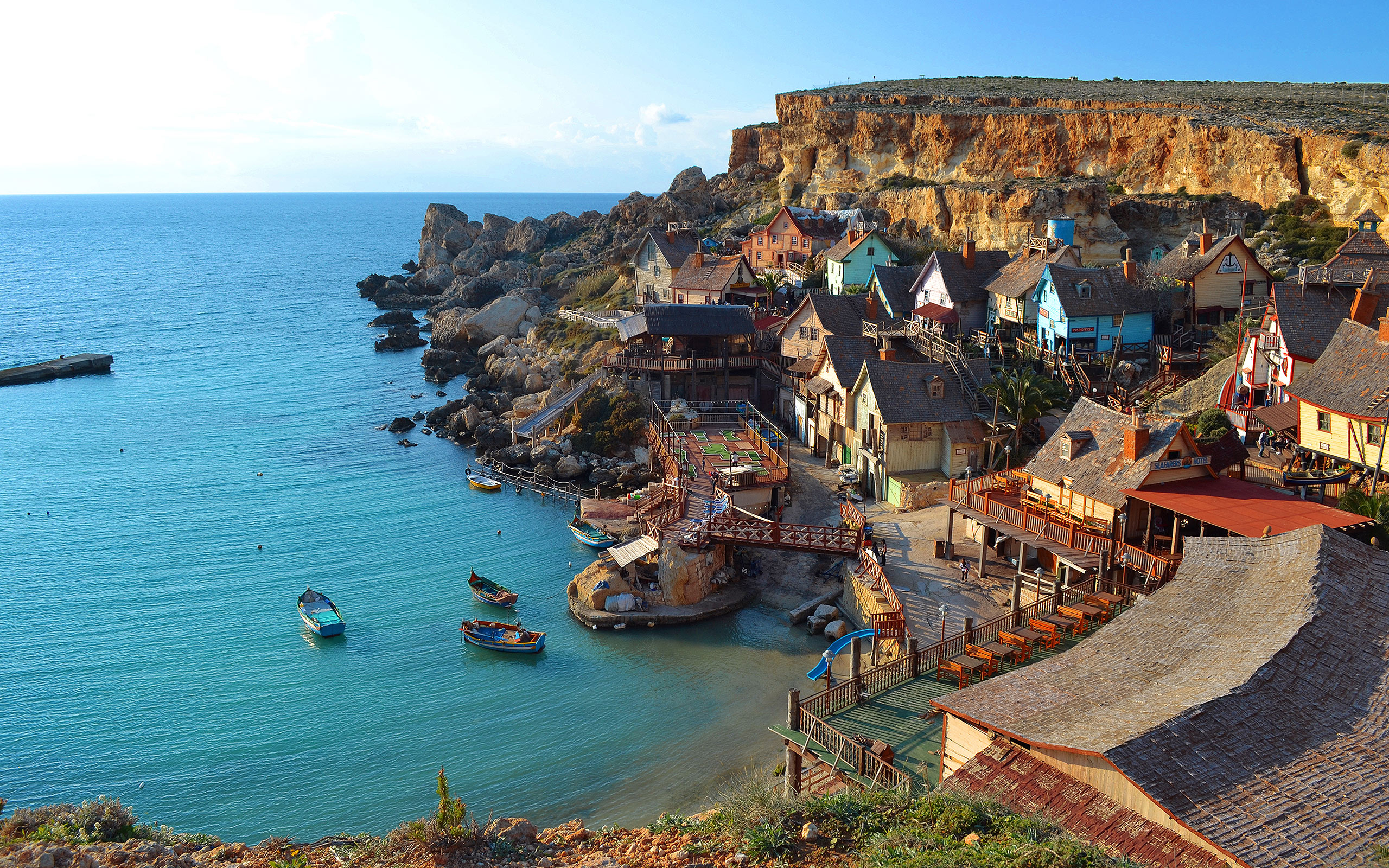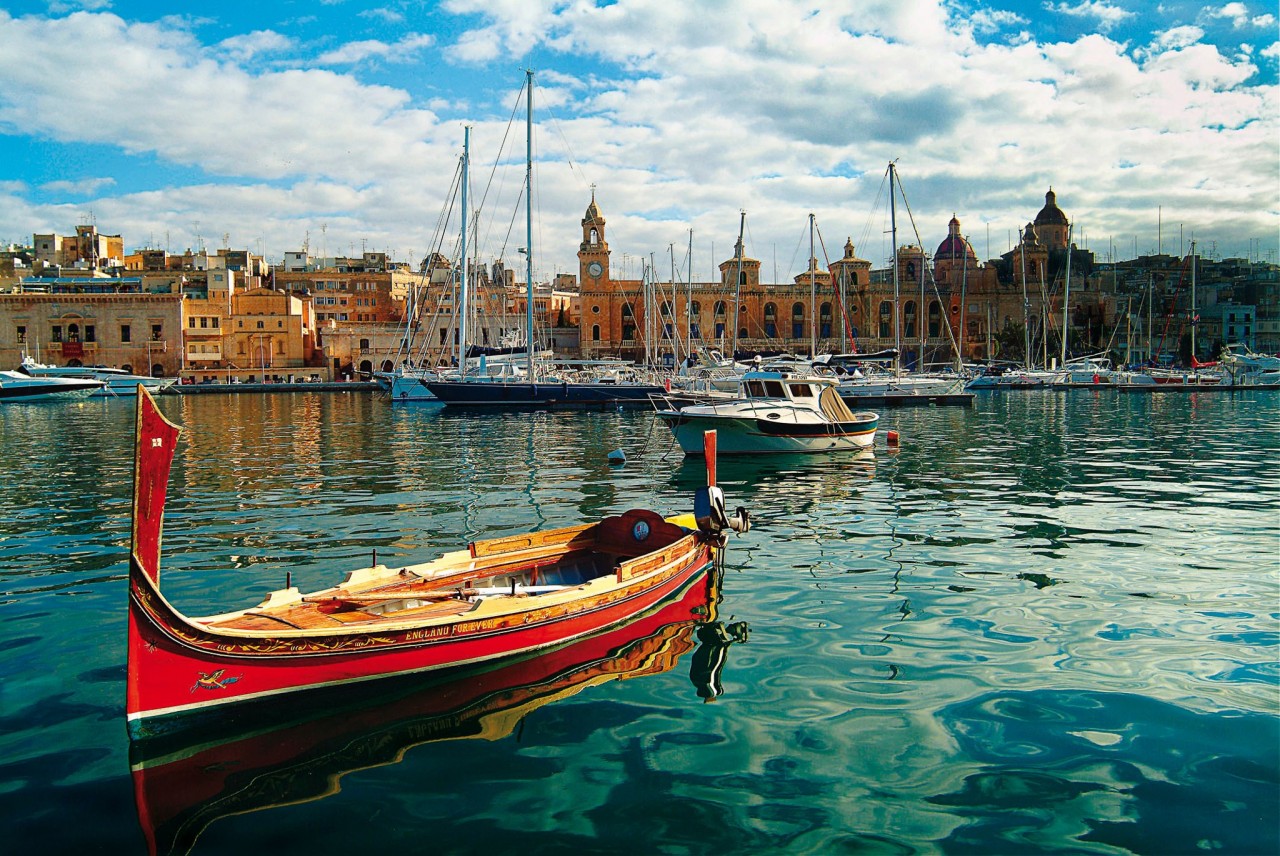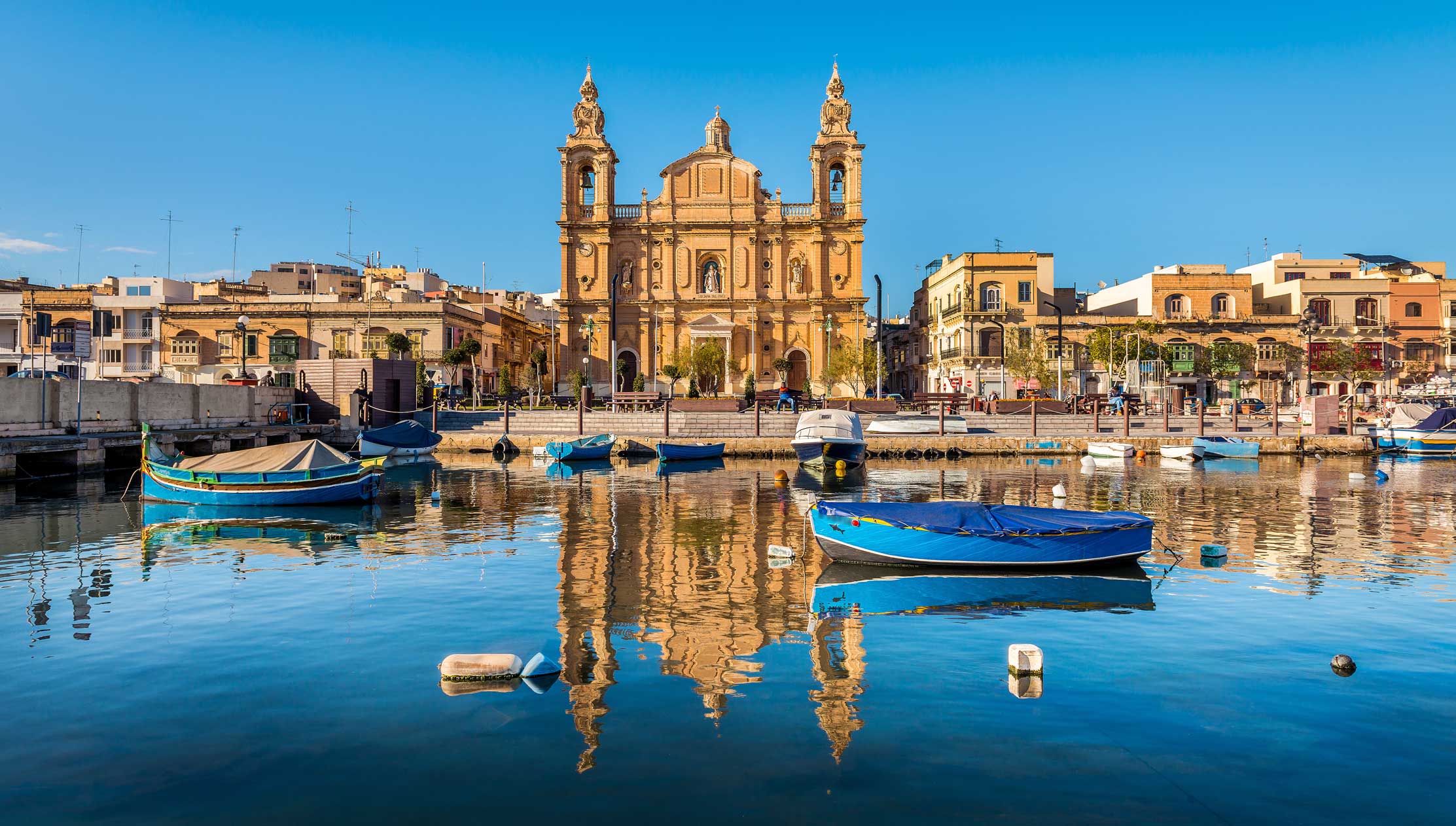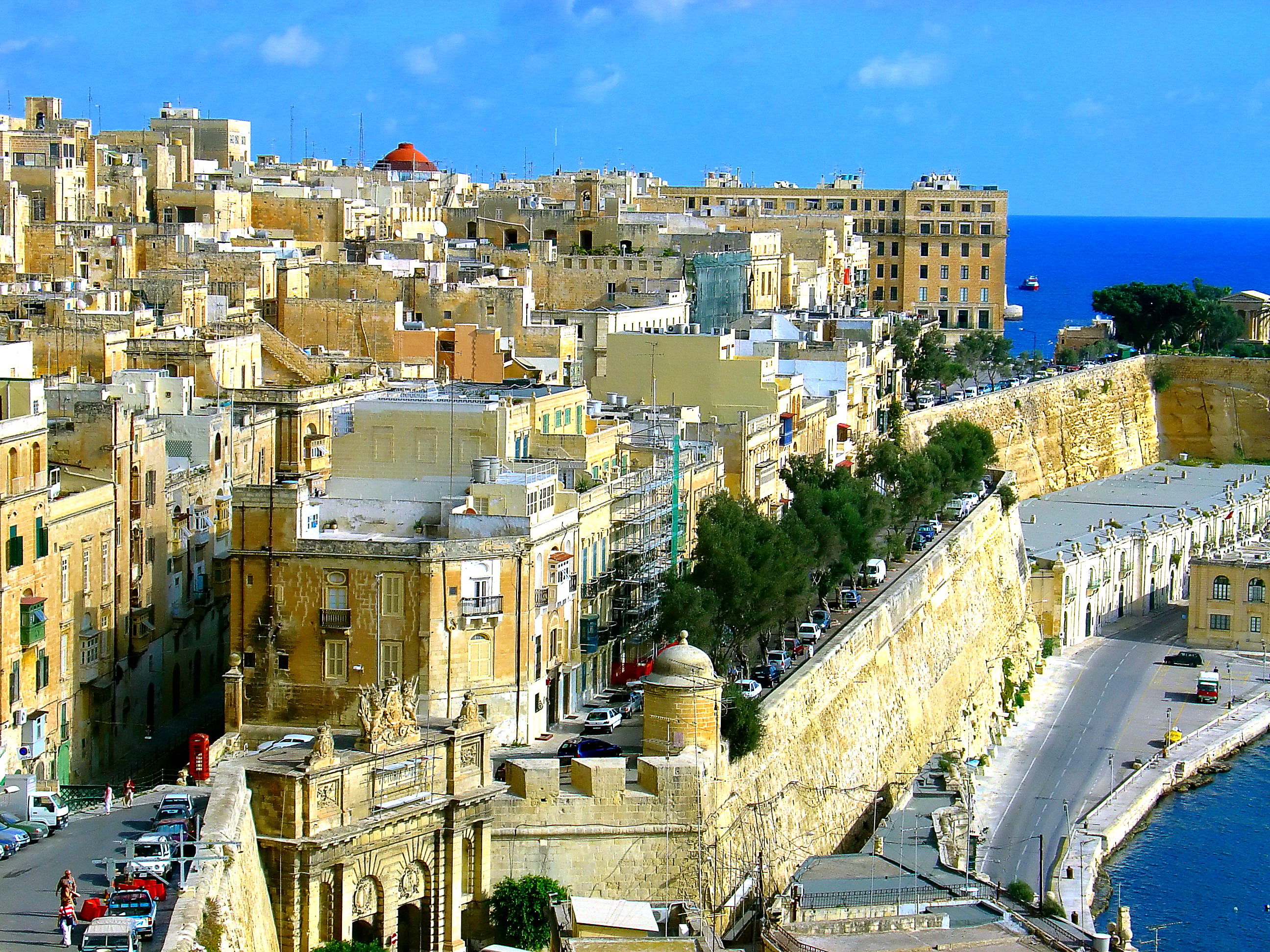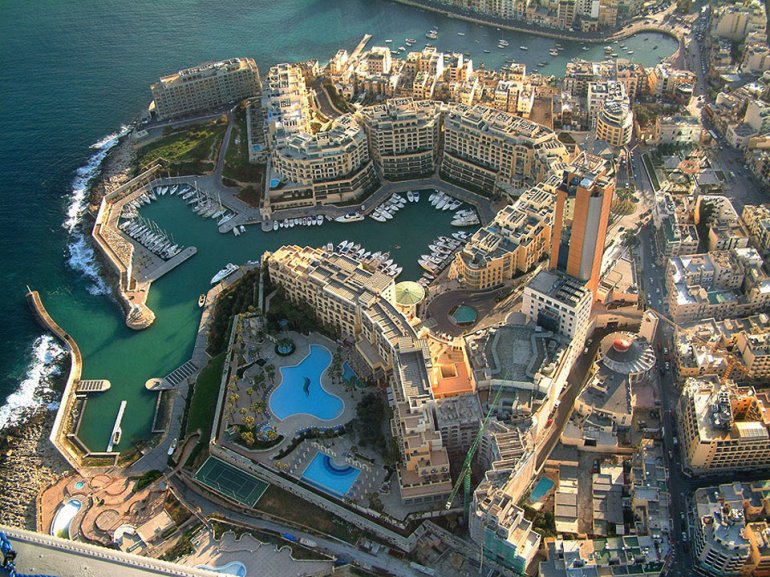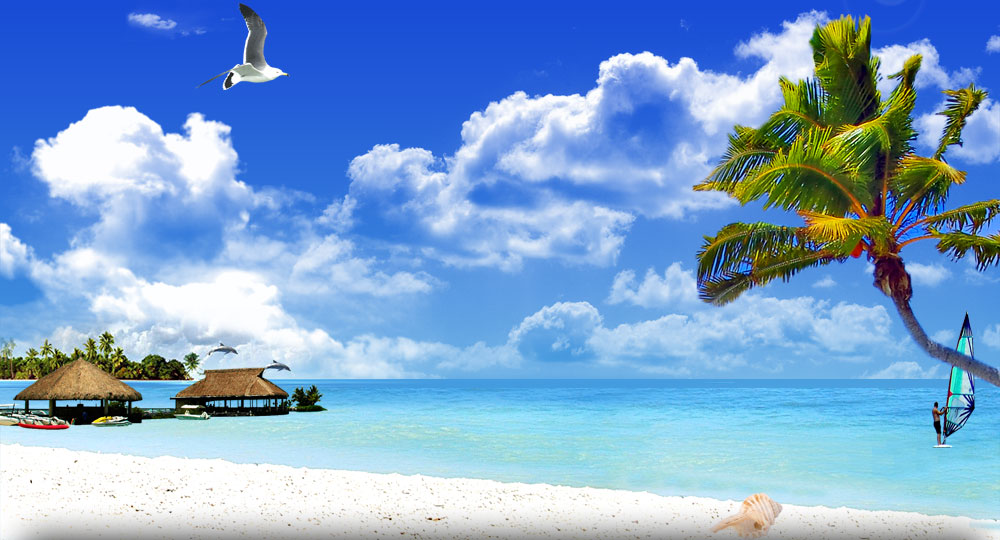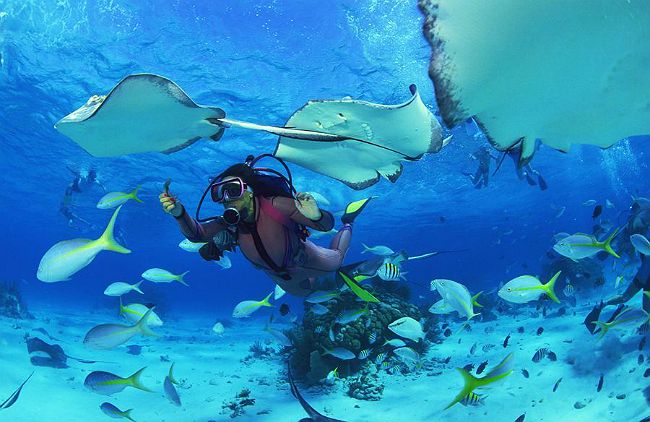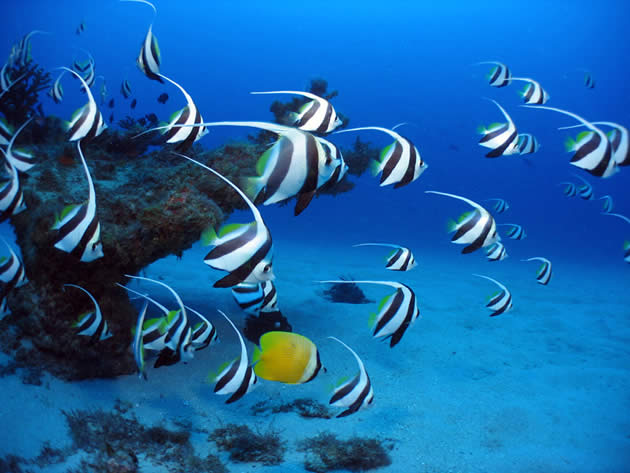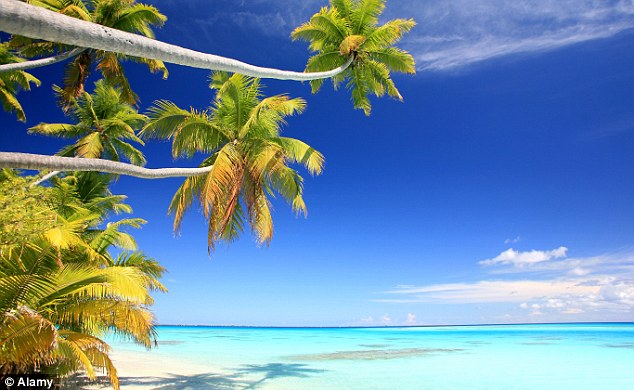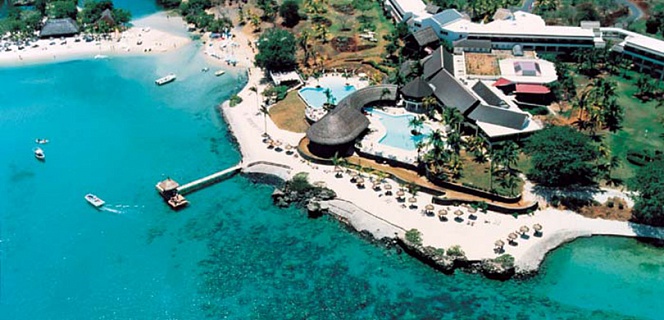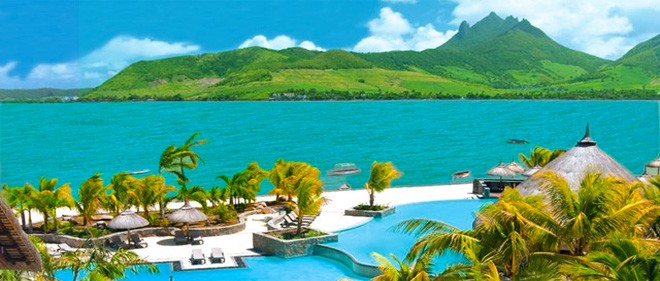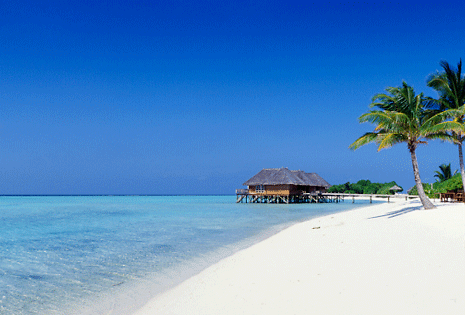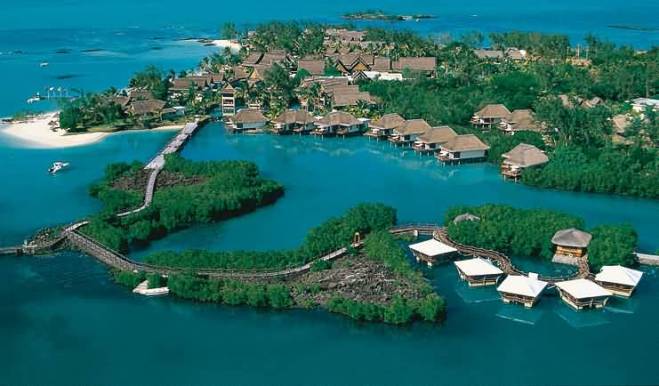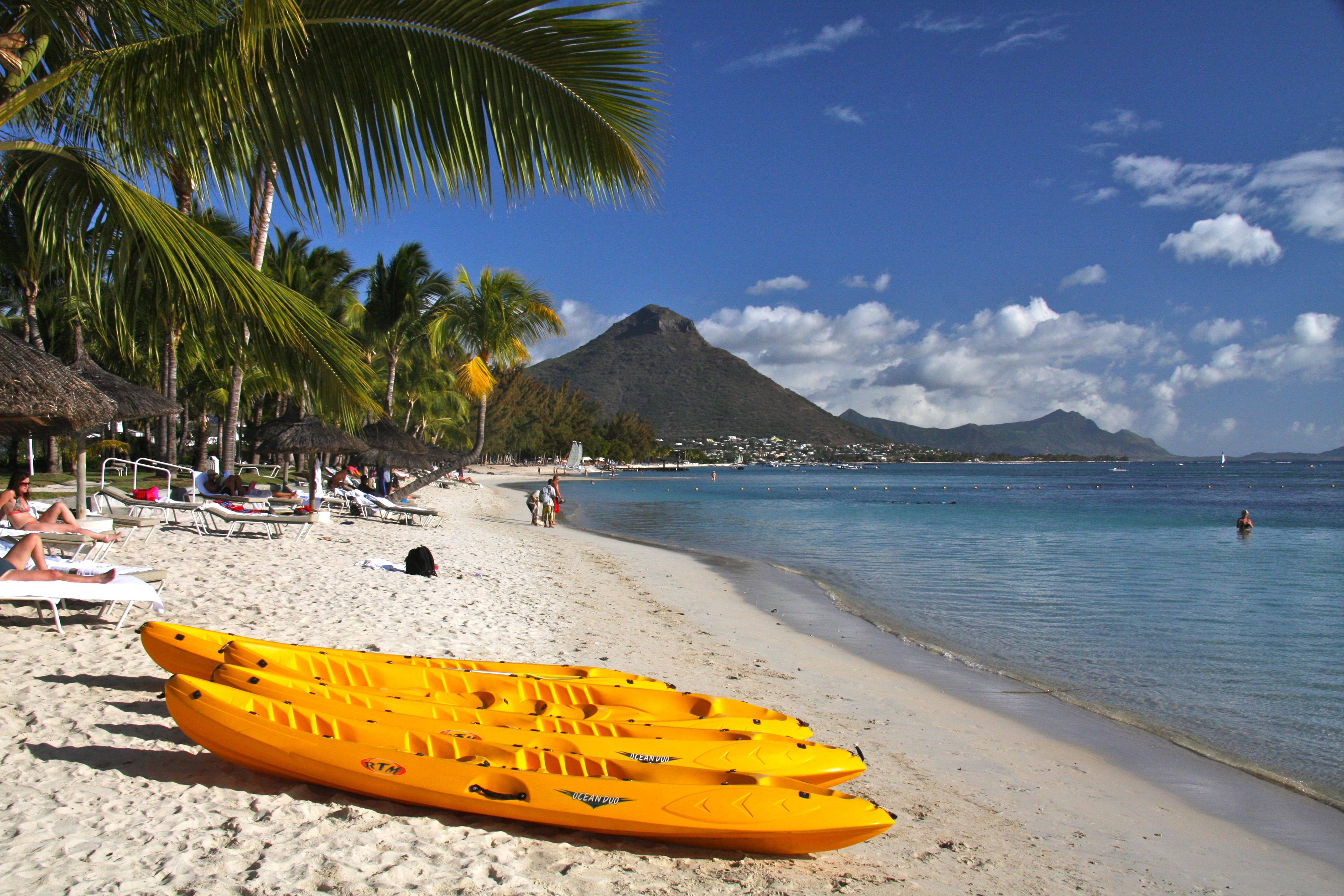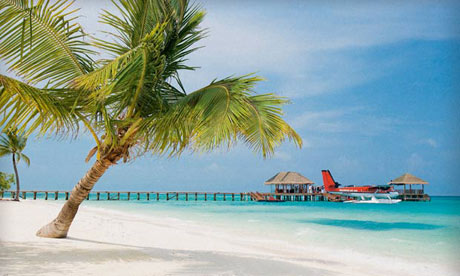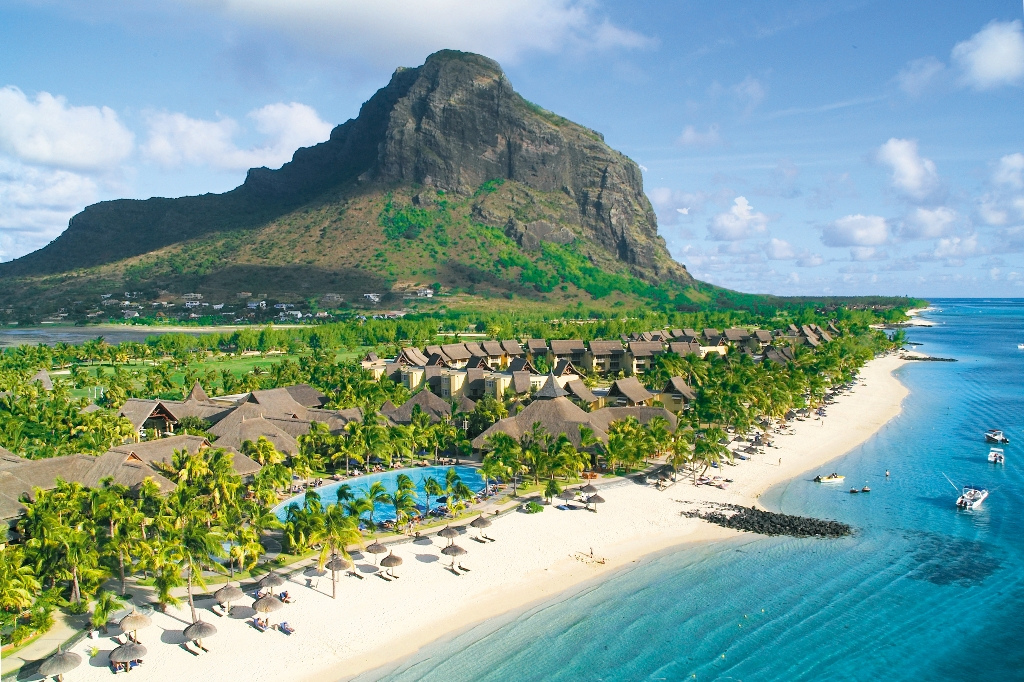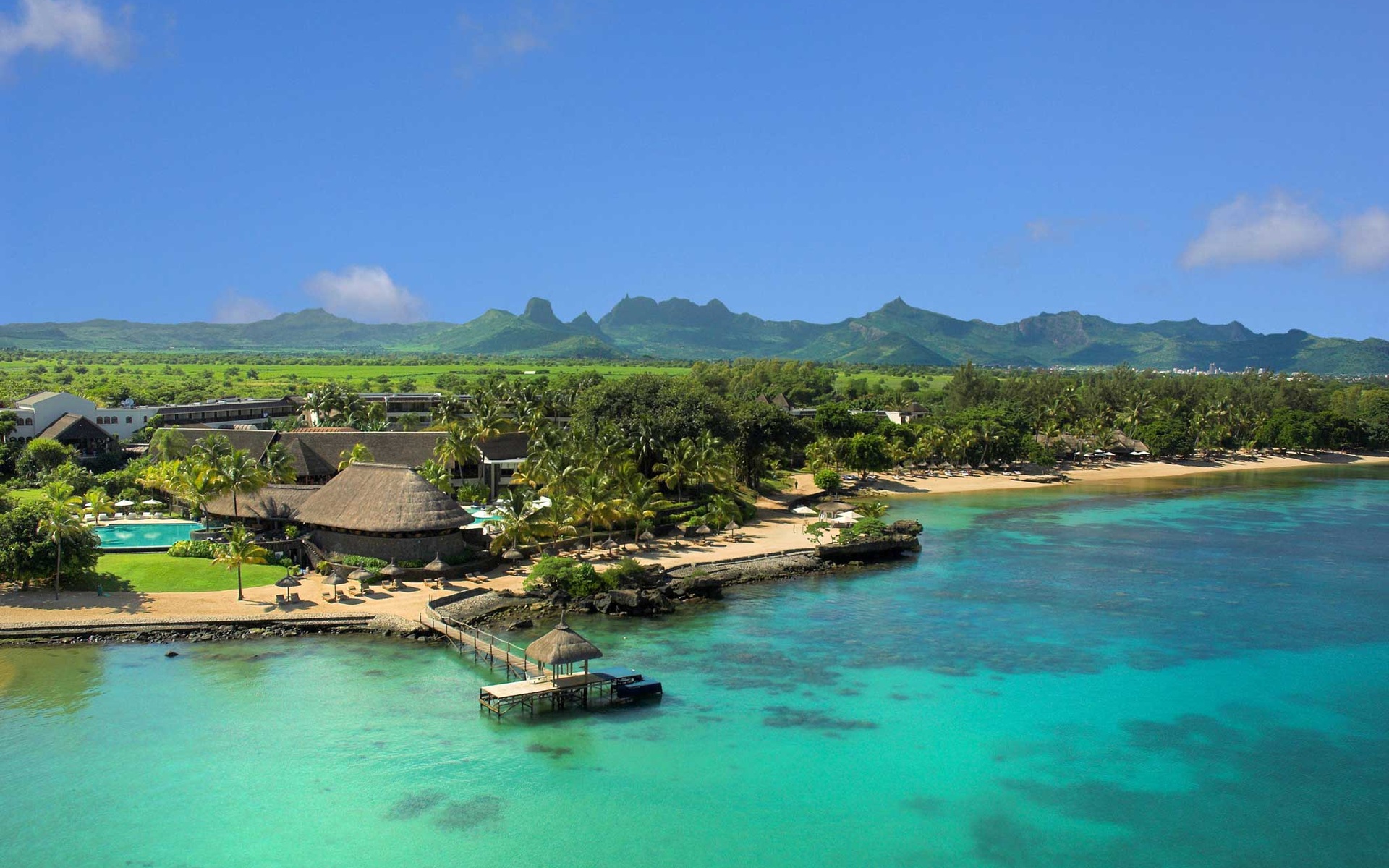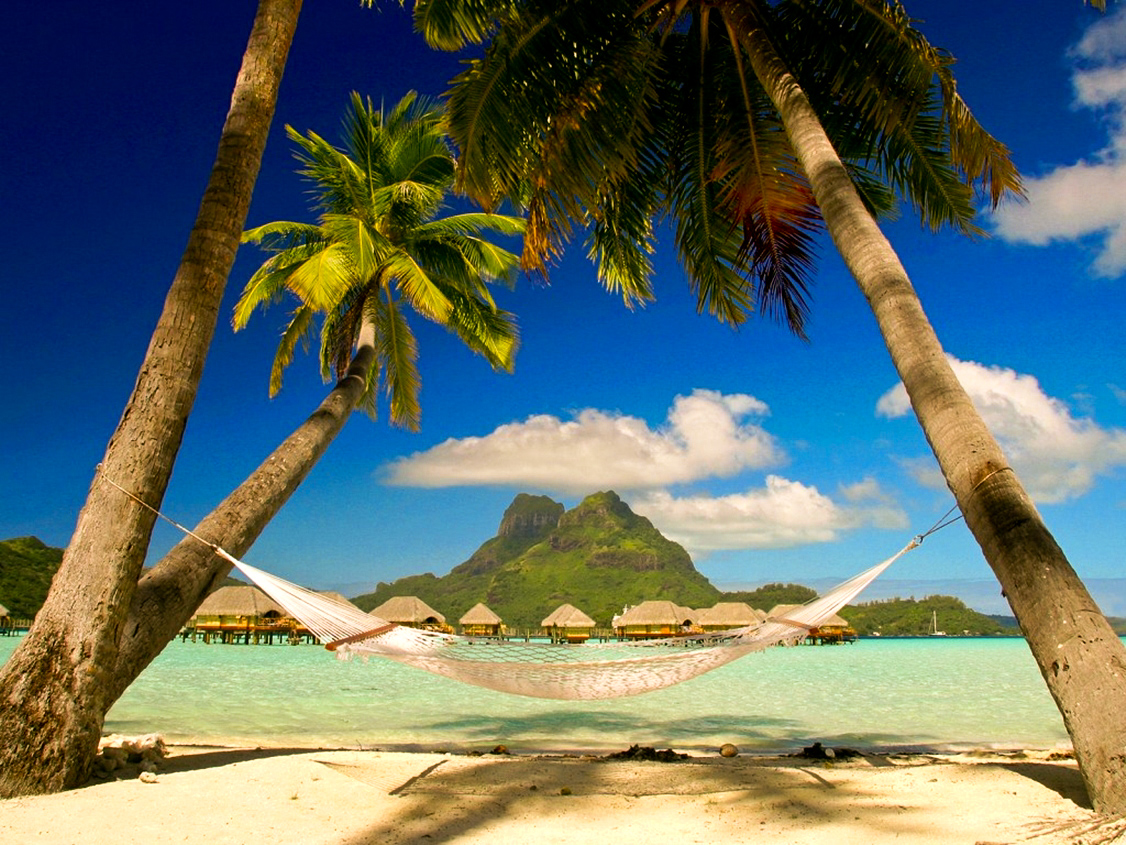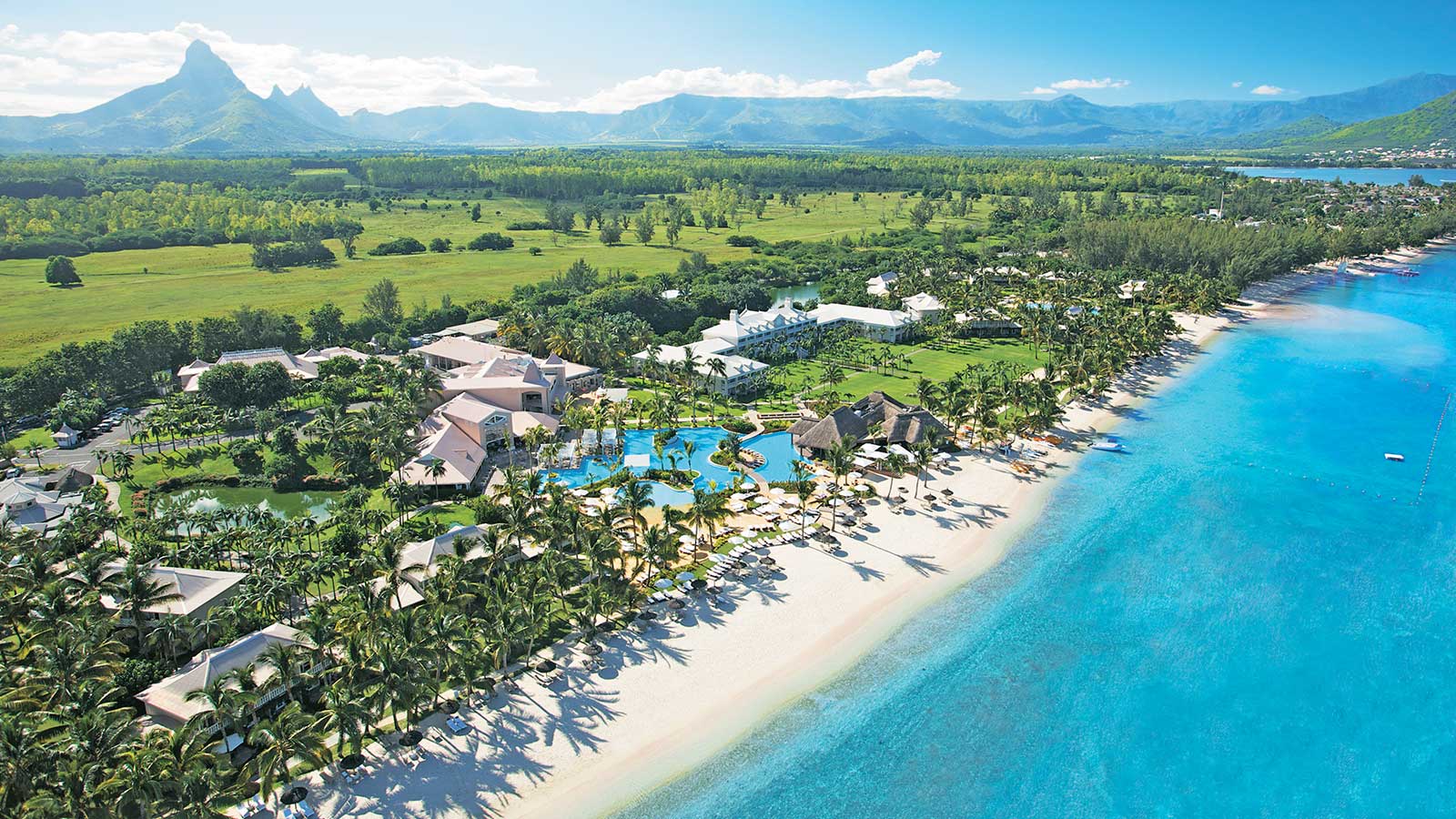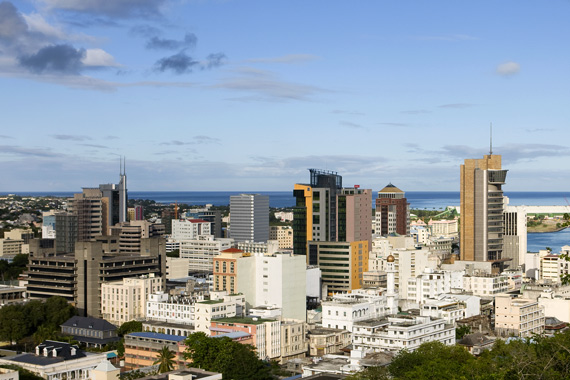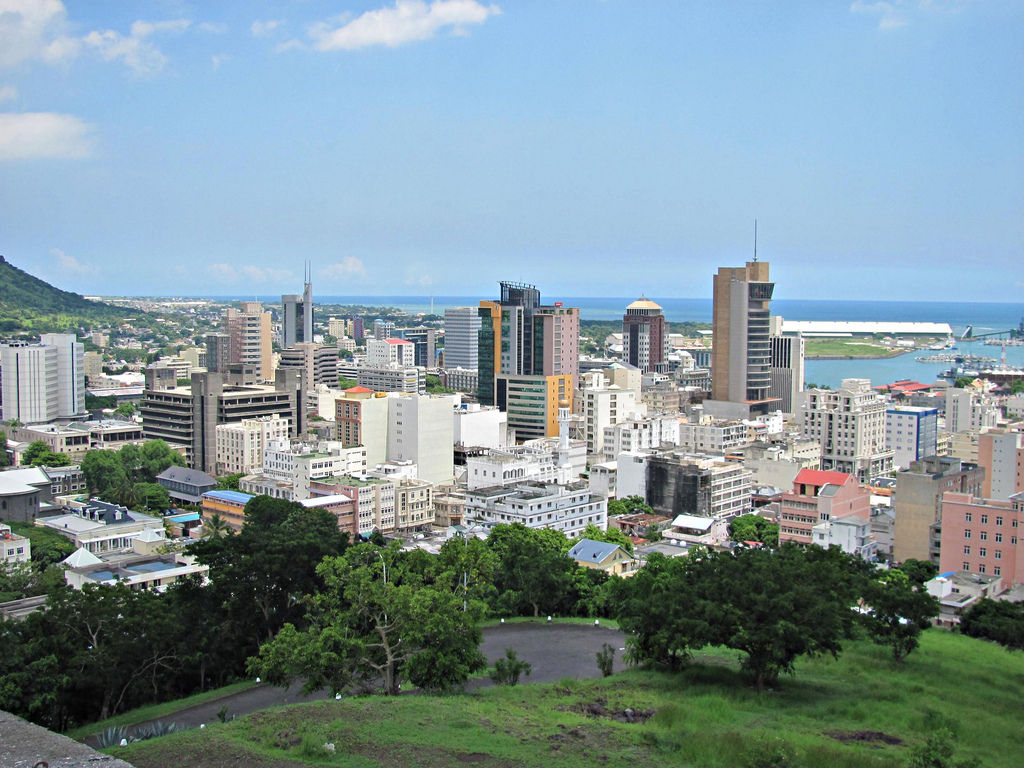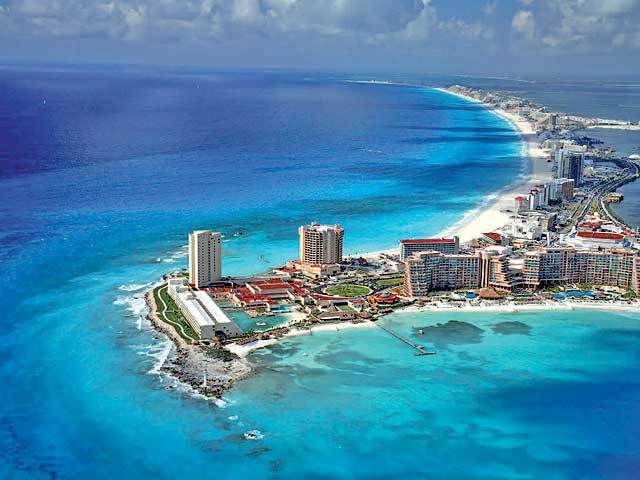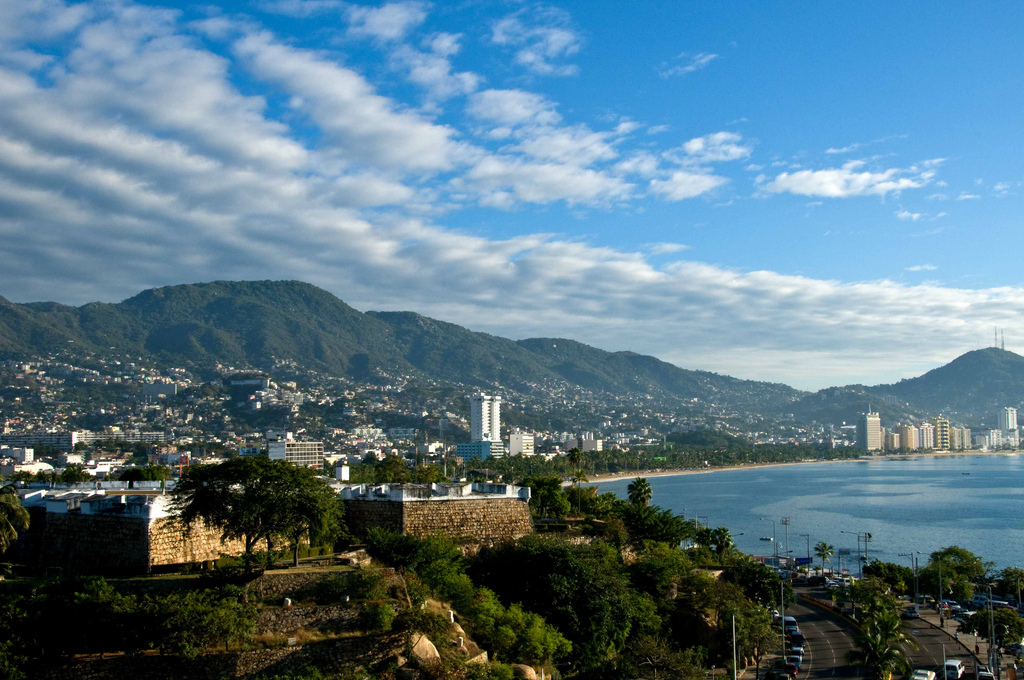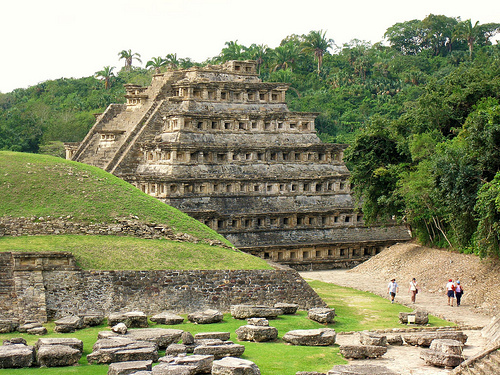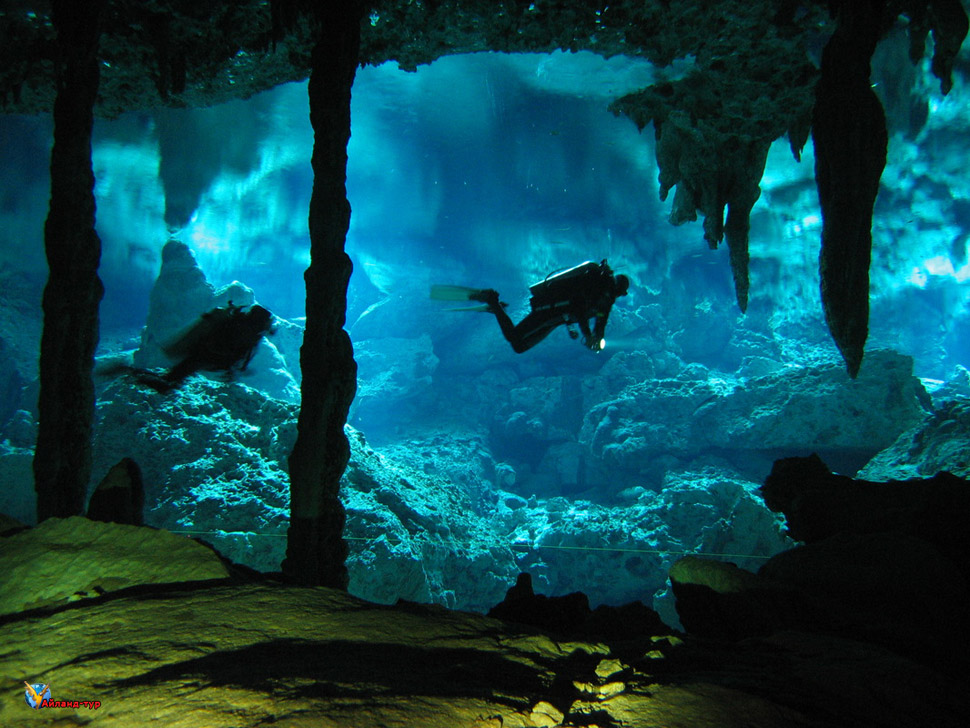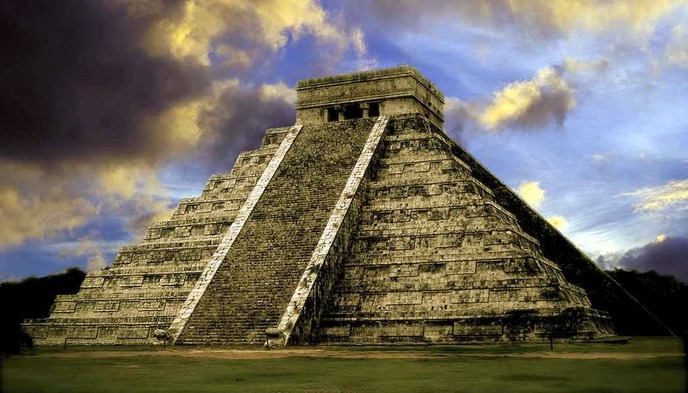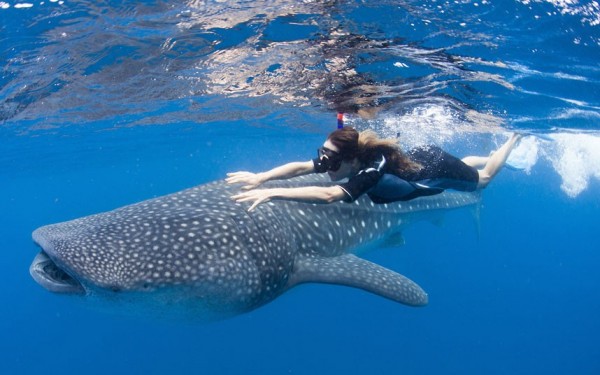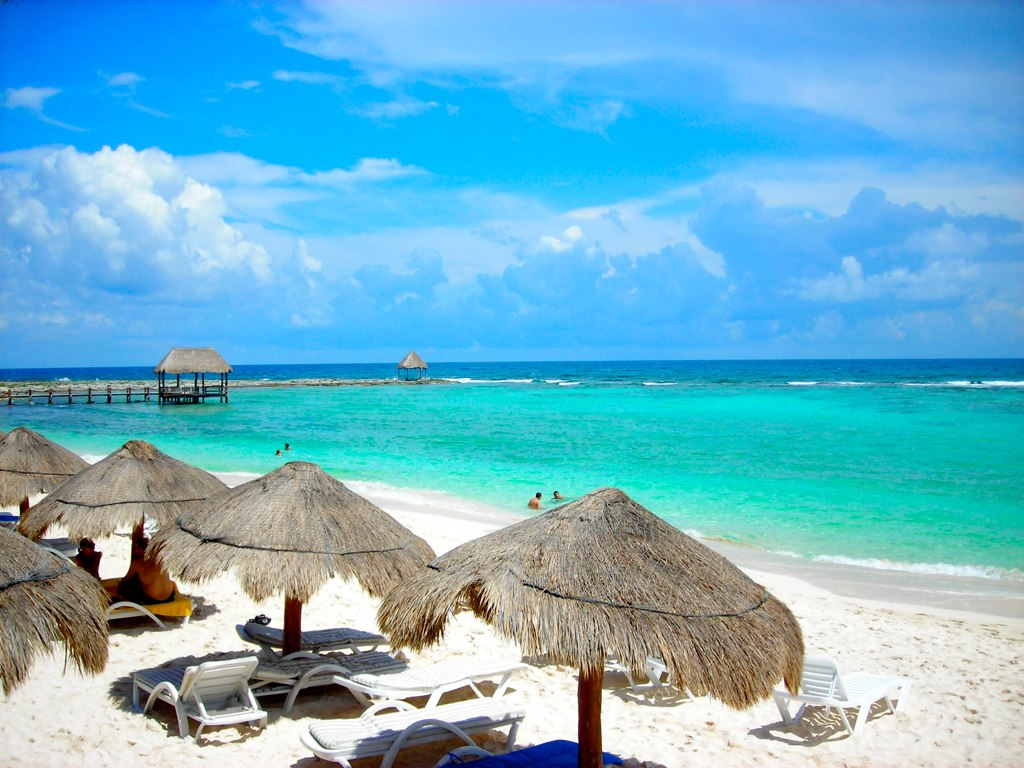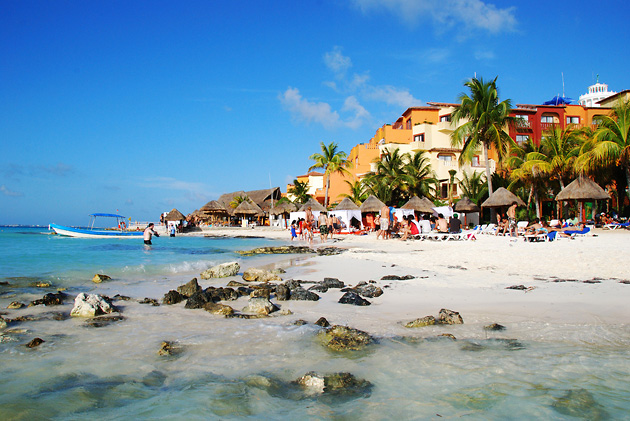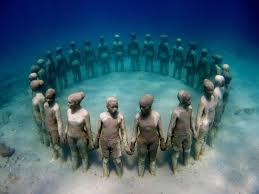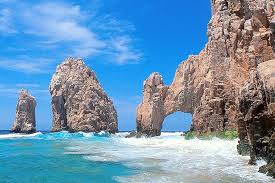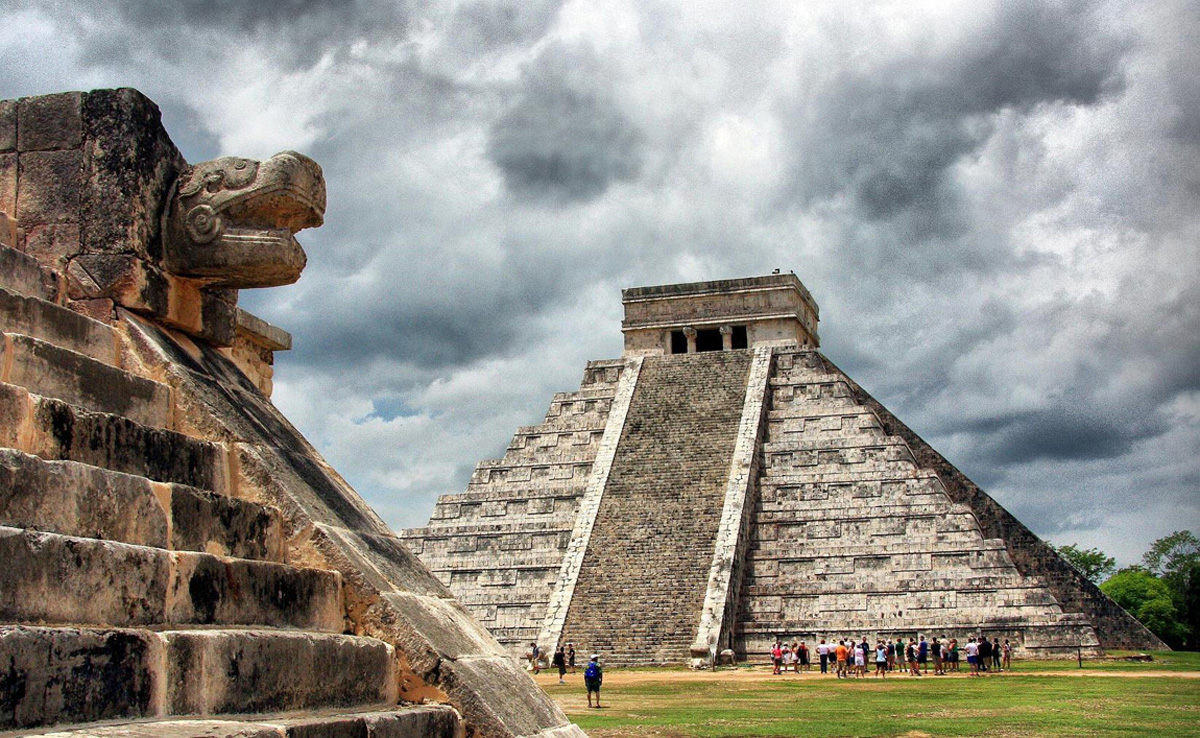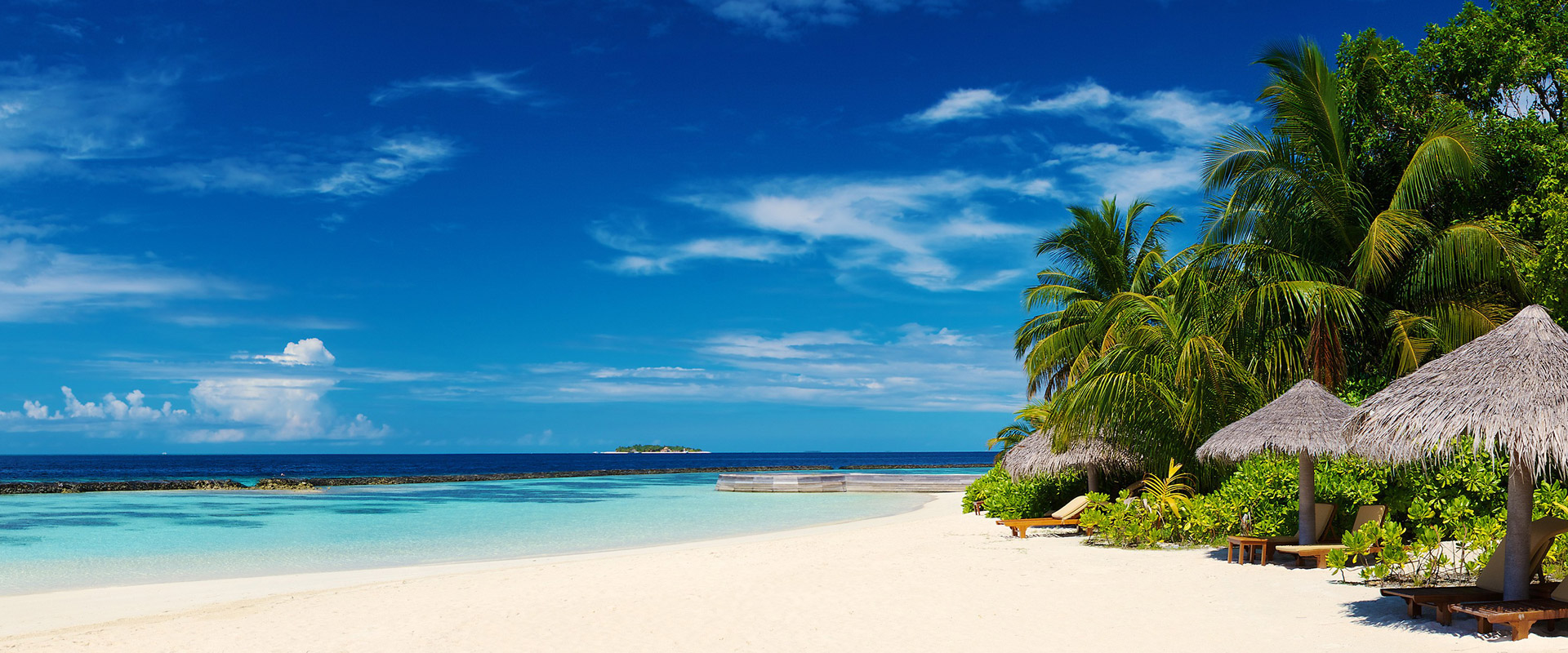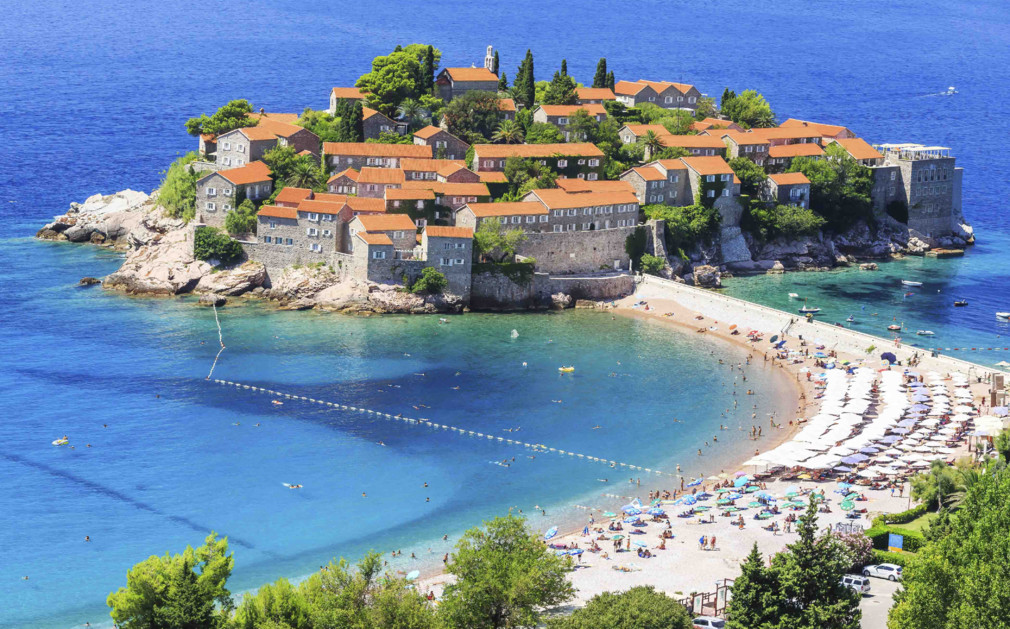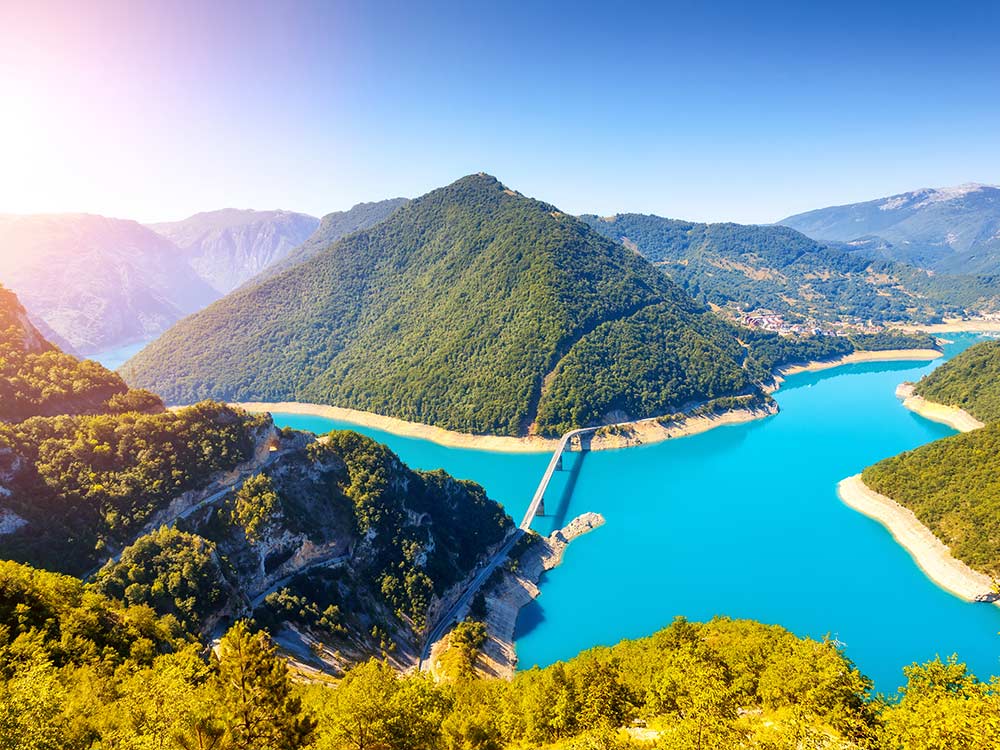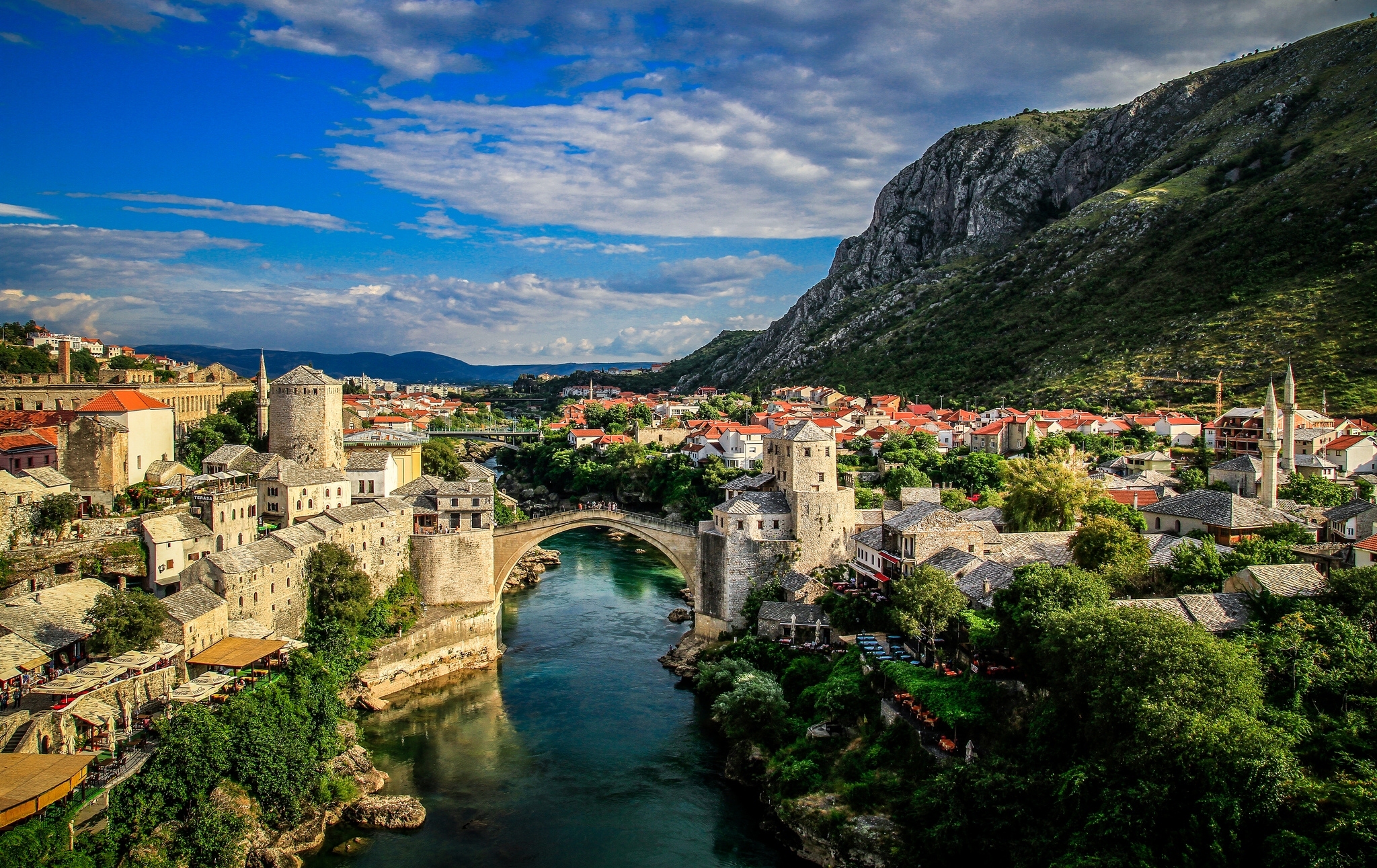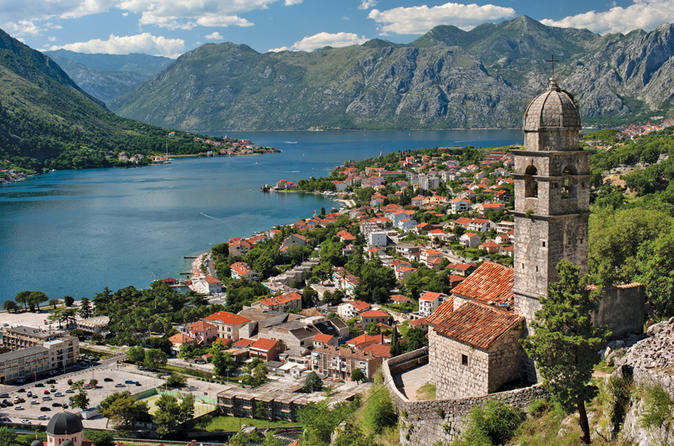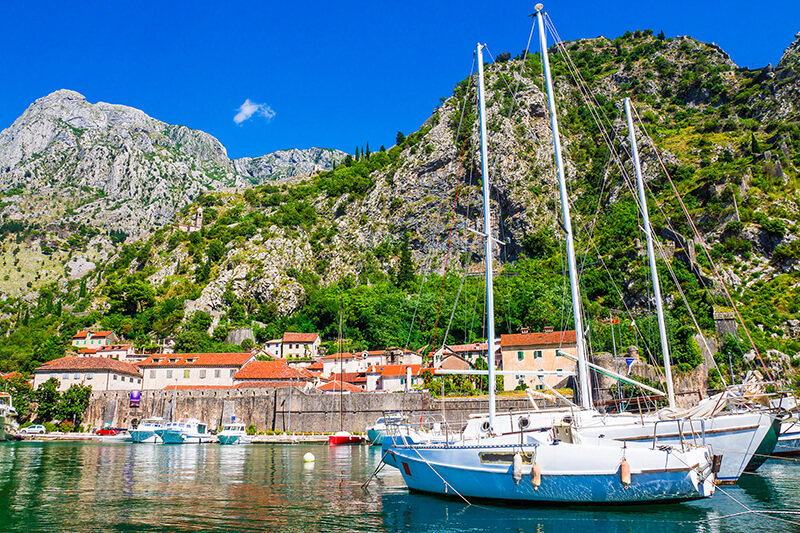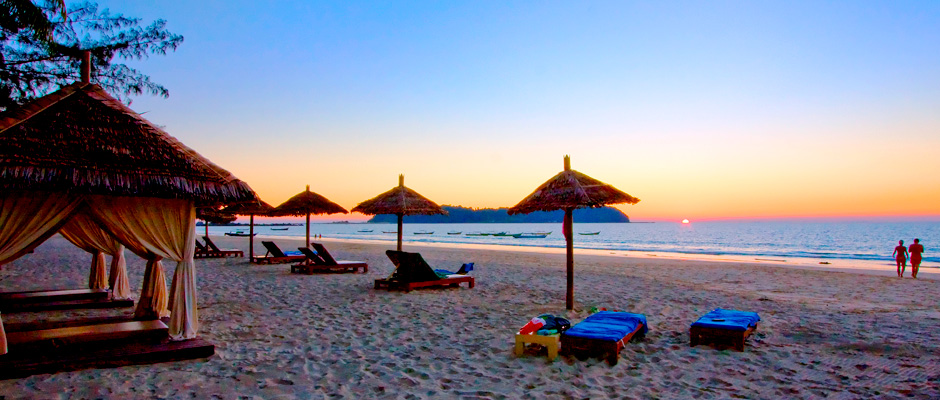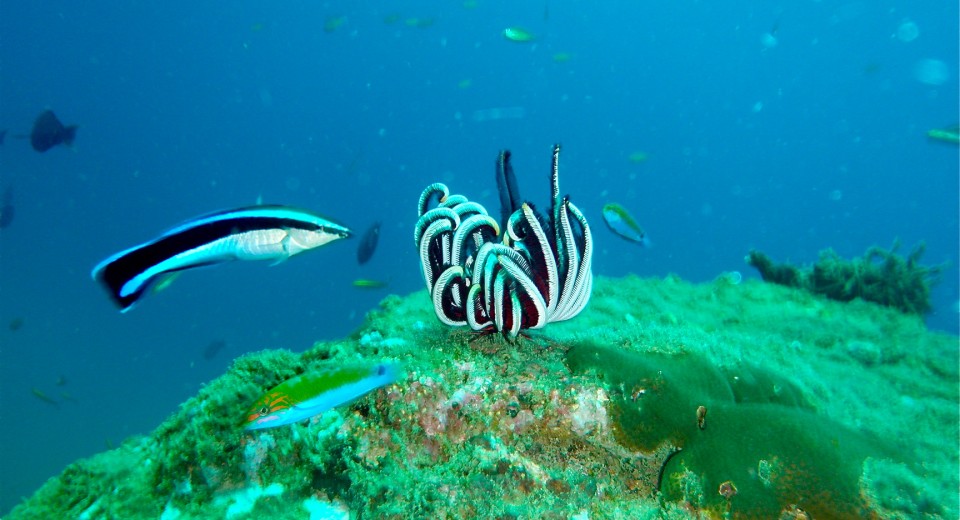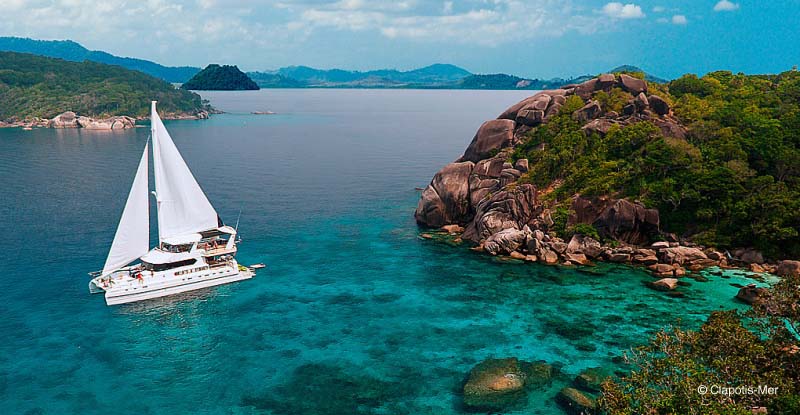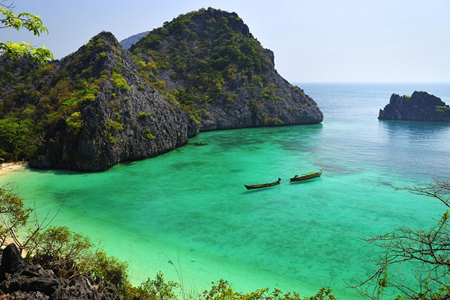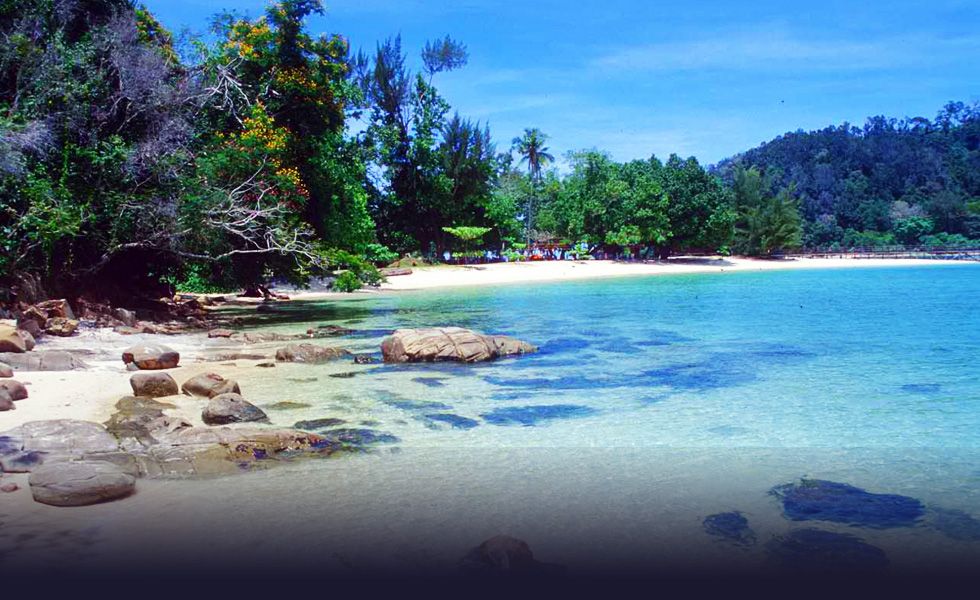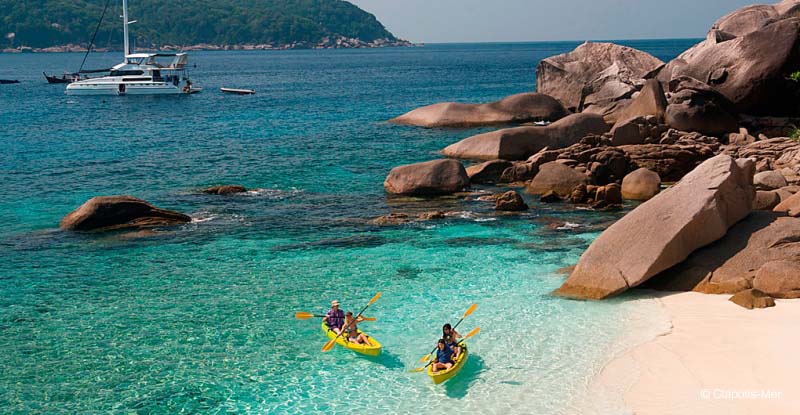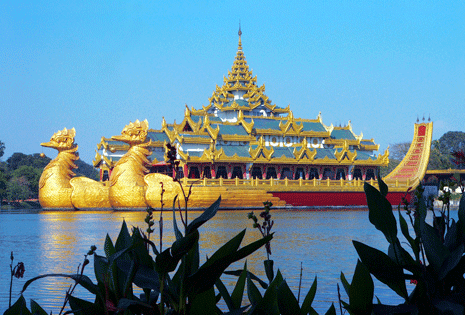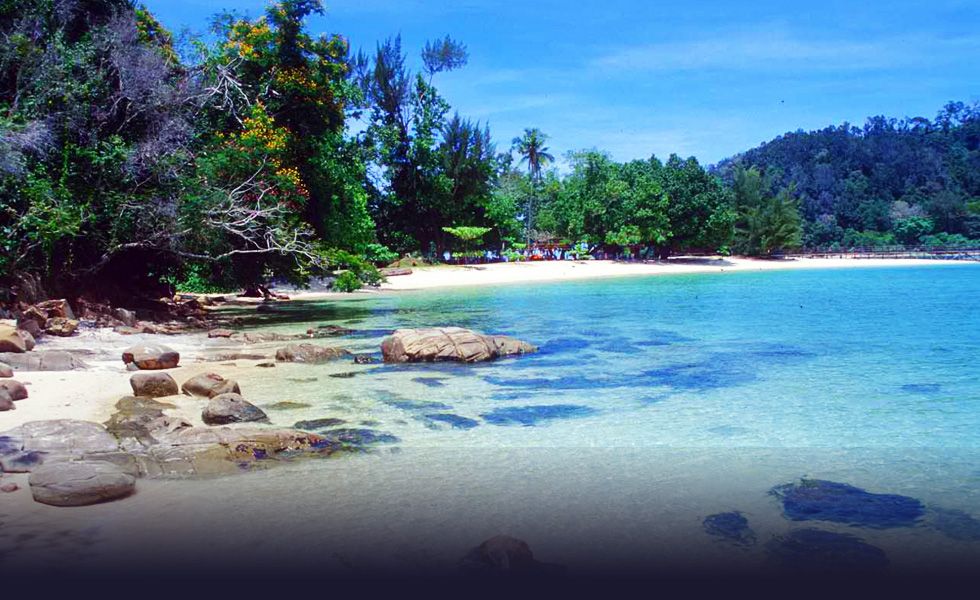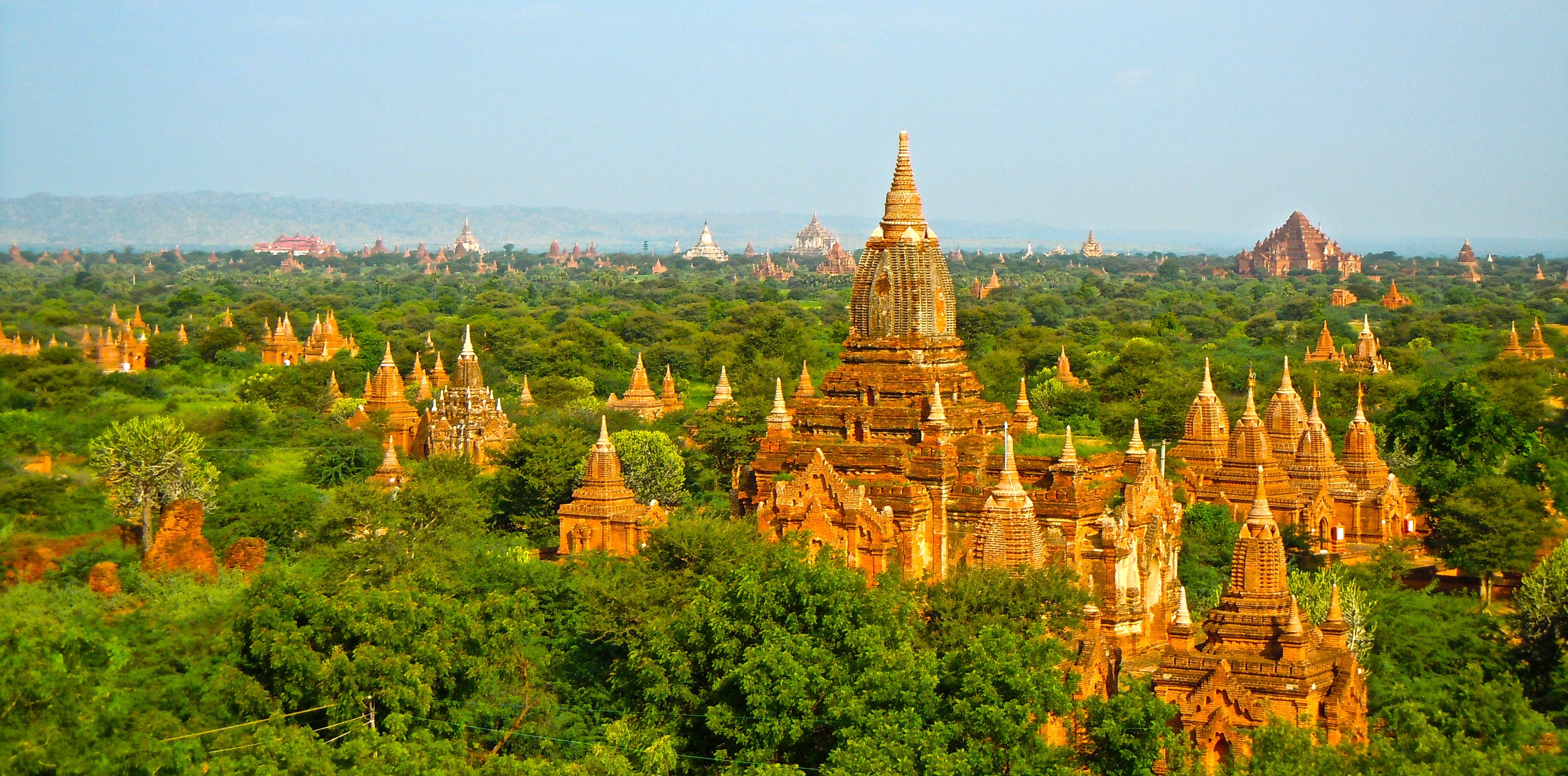Escape for the Weekend
Explore our collection of weekend
Malawi
Stunning wildlife of the Lake Malawi National Park; tea plantations; waterfalls of Zomba Plateau; the Old Town of Lilongwe; tropical underwater fauna of Lake Malawi; and caves and tunnels of Cape Maclear.
Malawi, officially the Republic of Malawi is a state in East Africa. To the south and south-east it is bordered by Mozambique, to the west - by Zambia, to the north - by Tanzania. The total area of the country comprises 118.5 thousand square kilometers; the population is 16.5 million people. The capital of Malawi is Lilongwe. The official languages are Nyanja and English.
Much of Malawi’s terrain is a large plateau, in the north there are rugged mountains, while the southern part of the country is a part of the Great African Rift Valley. The climate is moderate in the highlands, and hot in Shire River Valley. The rainy season continues from November to April, and the dry season lasts from May to October.
The national currency is the Malawian kwacha. It is recommended to exchange money at registered bureaux or banks in order to avoid fake banknotes. Credit cards are generally accepted.
Malawi is one of the most exotic countries in Africa. Lush vegetation, crystal-clear lakes, fertile valleys, and tower-shaped mountains make Malawi very attractive for tourists. In Malawi there are eleven national parks and reserves, containing great variety of flora and fauna. The most popular is Liwonde National Park, located on the banks of Shire River, where you can meet hippos, elephants and lots of birds. Another popular destination for nature lovers is The Lake Malawi National Park, inhabited by baboons, leopards, vervet monkeys, spotted hyenas, black eagles, African pythons, plentiful lizards and crocodiles.
In Southern Malawi you can visit stunning tea plantations. On a clear day the majestic Mount Mulanje can be seen rising up out of the emerald tea fields.
On Nyika Plateau you can enjoy cooler weather, amazing sceneries and graceful antelopes. Zomba Plateau boasts dense pine forests, waterfalls and dams full of trout.
In Lilongwe, the capital city of Malawi, it will be interesting to walk along the Old Town, do some shopping in its colorful markets, and see the modern city architecture, within the frame of lush gardens.
Those who like climbing and hiking should visit Mulanje Mountain, a very picturesque mountain with lots of hiking routs, some of which are suitable for families.
Airports
Lilongwe International Airport (LLW), also called Kamuzu International Airport, situated near Lilongwe.
Chileka International Airport (BLZ) serves Blantyre, Malawi’s second largest city.
Diving in Malawi
As Malawi is a landlocked country, diving here is possible only in the large freshwater Lake Malawi inhabited by around a thousand species of tropical fish - 350 of which are endemic (Most of them belong to the cichlidae family).
About 30 per cent of the lake’s bottom is rocky. It has few plants and little organic material, which provides excellent visibility.
Lake Malawi covers one third of Malawi’s terrain. The maximal depth of the lake is about 706 meters.
One of the most popular dive sites is Cape Maclear, a fresh-water marine reserve, where you will find interesting caves, rocks, tunnels and boulders.
Those who are fond of deep diving will like Zimbawe Rock with its plentiful channels, stunning swim-throughs and rich marine life.
Malaysia
What to see in Malaysia? Needle-like rocks of the Gunung Mulu National Park; the Sungai Kinabatangan; lakes and tea plantations of the Cameron Highlands; barracudas and sea turtles of Sipadan Island; shipwrecks of the Perhentian Islands; and Tunku Abdul Rahman Marine Park.
Malaysia is a state in Southeast Asia consisting of two parts separated by the South China Sea: West Malaysia (Peninsular Malaysia) occupies the southern tip of the Malay Peninsula and the adjacent islands, borders with Thailand to the north, also has maritime borders with Singapore and Indonesia; and East Malaysia (Malaysian Borneo) is situated in the northern part of the island of Borneo and the adjacent islands, is bordered by Brunei to the north and Indonesia in the south, has maritime borders with Philippines. The total area of the country is about 330 square kilometers; the population is over 30 million people. The capital of Malaysia is Kuala Lumpur. The official language is Malaysian.
The national currency is the Malaysian ringgit. Currency can be exchanged at the airport, banks, shopping malls, hotels and so on. D. The most favorable exchange rate is in private exchange offices. Major credit cards are widely accepted.
Malaysia’s terrain consists of coastal plains, changing into hills and mountains. The climate is equatorial with regular monsoons.
Malaysia is one of the most colorful and interesting places in Southeast Asia. It is a country that cherishes tradition of three ancient civilizations: Chinese, Indian and Malay. It is a unique place, where lots of different customs, cuisines and religions peacefully coexist together.
One of the best evidences of this fantastic mix is Melaka, in the past one of the biggest trading ports in Southeast Asia. In this city you will see the traces of Malay, Chinese, Indian and European cultures.
Bustling atmosphere and modern architecture are awaiting you in Kuala Lumpur, Kuching, Kota Kinabalu and Penang.
In Malaysia you will see one of the most breathtaking natural attractions – the Gunung Mulu National Park, whose fancy needle-like rocks and the world’s longest cave systems will impress even the most experienced tourists. Another chance to plunge into pristine nature is visiting Taman Negara, one of the oldest tropical rainforests in the world; or boating down the Sungai Kinabatangan through virgin jungles, where you can meet proboscis monkeys and orang-utans; or going to the Kinabalu National Park, where you can climb Mount Kinabalu (the highest mountain in Southeast Asia). Those who do not want to do far from civilization can take a trip in the Cameron Highlands, where you can enjoy outdoor recreation, decorated by colorful flower farms, lakes, tea plantations, forests, and charming landscapes.
Do not forget to relax on the serene beaches of the Langkawi Archipelago; to do shopping in Kuala Lumpur; to try unspeakably delicious local food and to buy some of traditional craft-works in order to bring home a small part of this wonderful country.
Airports
Kuala Lumpur International Airport (KLIA) (KUL), one of the major airports of South East Asia and the main international airport in Malaysia, located 45 kilometers from Kuala Lumpur.
Senai International Airport (JHB) located in Senai, near Johor Bahru.
Penang International Airport (PEN)
Langkawi International Airport (LGK)
Malacca International Airport (MKZ)
Kota Kinabalu International Airport (KKIA) (BKI) serves Kota Kinabalu, the state capital of Sabah
Kuching International Airport (KCH)
Diving in Malaysia
In crystal clear waters of Malaysia, off its numerous beautiful islands you will undoubtedly find a lot of interesting. This country is considered to be one of the world's top dive destinations.
Off Sipadan Island you can take up wall diving and enjoy interesting coral overhangs. The underwater world here is incredibly rich and consists of about 3 thousand species. The most famous dive site here is Barracuda Point, where you can dive with barracudas and sea turtles. The depth is about 15-24m.
In the waters of the nearby Mabul Island you can meet mandarinfish, nudibranchs, Devil scorpionfish, seahorses, ghost pipefish, snake eels, stonefish, mantis shrimps, frogfish, and crocodilefish.
Kapalai Island has about 20 dive sites and is suitable for beginning divers.
21 kilometers from Malaysian peninsula there are the Perhentian Islands, where you will find plenty of fringing reefs, pinnacles, and interesting shipwrecks.
The Redang Archipelago attracts by stunning coral gardens, sea turtles and various tropical fish.
Tioman Island is an ideal place to learn diving. Fancy underwater landscape and deep water make it interesting for experienced divers too.
And do not forget about Tunku Abdul Rahman Marine Park, where you will find lots of wonderful dive sites with abundant marine flora.
Maldives
What to see in Maldives? Whale sharks of atolls Ari, Gaafu and Thaa; a barrier reef of Vaavu Atoll; reef sharks and stingrays of Lhaviyani Atoll; grey sharks, white-tip sharks of South Male Atoll.
The Maldives, officially the Republic of Maldives is a country in South Asia, located on a group of atolls in the Indian Ocean. The total area of the Maldives is 298 square kilometers; the population is about 394 thousand people. The capital of the country is Male. The official language is Maldivian.
The Maldives is lying on 26 atolls, consisting of 1,192 coral islands. It is the lowest country in the world (the average ground levels is 1.5m above sea level). The climate is tropical-monsoon.
The national currency is the Maldivian rufiyaa. US dollars and credit cards are widely accepted. Some resorts also take euros and other currencies, so it is better to clarify in advance. Banks and ATMs can be found on the larger islands.
This paradise archipelago is an ideal place for honeymoon, and couples from all over the world choose to spend the sweetest time of their life in the wonderful world of turquoise waters of the Indian Ocean, stunning sunsets and luxurious nature.
Not only newlyweds can enjoy the Maldives – millions of tourists come here to relax on deserted beaches; to enjoy traditional healing methods in numerous spas; to take gorgeous photos from a seaplane; to go night fishing with Maldivian fishermen; to buy something of the amazing local crafts; and to try delicious local fish and seafood.
The Maldives has more water than land – no wonder that water sports are extremely popular here. You can swim for recreation, play water-polo, and go parasailing, kayaking, jet-surfing or kite surfing, water-skiing, snorkeling and, of course, diving.
Airports
Gan International Airport (GAN) situated on Gan Island in Addu Atoll.
Hanimaadhoo International Airport (HAQ) located on Hanimaadhoo Island in Haa Dhaalu Atoll.
Ibrahim Nasir International Airport (MLE), located on Hulhulé Island in the North Malé Atoll.
Villa International Airport Maamigili (VAM), situated on the island of Maamigili, Alif Dhaal Atoll.
Diving in the Maldives
The Maldives appeared as a part of a large volcanic mountain range about 65 million years ago. Then the volcanoes slowly submerged, covered with corals and turned into atolls. Inside most of these atolls you will find very interesting coral formations and abundant marine life.
Those who want to dive with whale sharks, mantas and hammerheads should visit Ari Atoll, Gaafu and Thaa atolls.
In Vaavu Atoll you will find a 50 km long barrier reef – the longest in the Maldives – caves, overhangs and deep channels called Kandus through which strong currents run.
Off Lhaviyani Atoll you can watch reef sharks, stingrays, eagle rays, tunas, mantas and barracudas.
In Kandooma Thila, situated in South Male Atoll you will find dramatic scenery with lots of soft corals and abundant fish life, including grey sharks, white-tip sharks and eagle rays.
The average water visibility is about 30 meters; the water temperature is 26-30 degrees Celsius.
Malta
What to see in Malta? Architectural and cultural monuments of Vallettaand Mdina; Mnajdra and Hagar Qim; wrecks the Polynesian, the Imperial Eagle, the HMS Stubborn, and the Karwela; the Santa Marija Caves; the Blue Hole; and Wied Iz Zurrieq.
Malta is a Southern European country located on an archipelago of a few islands in the Mediterranean Sea to the south of Sicily. The total area of the country is only 316 square kilometers with the population of 450 thousand people. The capital of the country is Valletta.
Malta has two official languages: Maltese and English.
The national currency is the Euro.
Malta has a Subtropical–Mediterranean climate with mild winters and very warm summers. The beach season continues from the end of April to the end of October. The terrain of the country mostly consists of rocky plains. The coastline has many cliffs and bays that are good harbors.
Malta is a very popular tourist destination – about 1.6 million people visit it every year. On a small territory of Malta there are a lot of beaches, historic sites, Neolithic temples, holiday resorts and places of entertainment. Distances are short and it doesn’t take much time to get from one tourist attraction to another. Those who want bigger concentration of sights can focus on Valletta, having about 320 historic monuments within an area of 55ha. Connoisseurs of medieval atmosphere will like Mdina with its narrow streets and fascinating old buildings. Those who are fond of more ancient history should see Mnajdra and Hagar Qim, prehistoric temples built between 3600BC and 2500BC. Malta gives a perfect opportunity to slow your pace of life, relax and enjoy the stunning views, rural tranquility, sunny beaches and turquoise sea.
Airports
Malta International Airport (MLA) is the only airport in Malta. It is located 5 km southwest of Valletta.
Diving in Malta
Malta is one of the most popular diving destinations in the Mediterranean, and this is explained not only by huge numbers of colorful marine inhabitants, but also by lots of interesting wrecks and extraordinary underwater landscapes.
The most interesting wrecks include the Polynesian, a 152-meter ship built in 1890 and sunk in 1918; the 257-tonn Imperial Eagle, near which you can see the famous statue of Jesus Christ raising his arms to the sky; the WWII bomber wreck, located at a depth of 42 meters; The HMS Stubborn, a British s-class submarine sunk in 1946; the HMS Maori wreck, located at a depth of 14 and inhabited by Flying Gurnard fish, Moray eels and octopuses; off Gozo Island you can see three wrecks close together: the double-ended car ferry Xlendi, the passenger ferry Karwela and a tourist boat Cominoland; the P29, sunk in 2007 and the Rozi, a 40 meter long tug boat, deliberately sunk in 1992.
Those who are interested in cave diving will like the Santa Marija Caves with their crystal clear water and max depth of about 10m; the coral gardens of the Blue Hole; the 80m long tunnel of the inland sea; the beautiful cove of Ghar Lapsi; an underwater cave in the Anchor Bay, inhabited by rockfish, starfish, moray eels, salemas and groupers and Wied Iz Zurrieq, where you will find caves, colourful sponges and many different species of fish.
The water visibility off Malta is great – about 30 meters.
Mauritius
What to see in Mauritius? Tea plantations; Coloured Earth of Chamarel; paradise beaches; the Great Basin; the Cathedral cave; wrecks of the Tug II, the Kei Sei 113 and Hoi Siong; Peter Holt's Rock; and Stenopus Reef.
Mauritius, the official name is the Republic of Mauritius, is an island nation in the Indian Ocean around 2 thousand kilometers from the southeast coast of Africa. The Republic is situated on Mauritius, Rodrigues, the Agalega Islands, and the Saint Brandon Archipelago. The total area of the country comprises about 2 thousand square kilometers. The population is about 1.3 million people. The capital of Mauritius is the city of Port Louis. There is no official language, although most people speak English, French, Creole and Hindi.
The climate of the country is tropical with two distinct seasons: a warm summer (from November to April) and a cool winter (from June to September).
The national currency is the Mauritian rupee. You can exchange money at exchange bureaus and banks, or withdraw rupees from you credit card in ATM, which are plentiful in Mauritius. Credit cards are widely accepted.
Msuritius has been a very attractive place for many centuries. Its history keeps traces of the Portuguese, Dutch, French and English. It is hard to say now what the ethnic origin of Mauritians is - European, Asian or African.
Beside the turbulent historical past of Mauritius, its natural wonders also attract many tourists from all over the world. The country is a great place for diving and snorkeling and its nature reserves are home to lions, turtles, monkeys and crocodiles. You will find here lush jungles, vast plains, gorgeous waterfalls and picturesque vanilla and sugar plantations.
The emerald-green tea plantations with rhythmically working tea-pickers and vast sugarcane fields of Mauritius, where it is easy to get lost, is a truly relaxing and serene view, which you should not miss. Do not forget to try a glass of fresh sugarcane juice, sweet as nectar.
In Mauritius you can see the stunning Coloured Earth of Chamarel, where purple, yellow, orange, and red colors of soil are fancily mixed, creating a natural work of art.
Special attention should be paid to the paradise beaches of Mauritius, where you can take up snorkeling, deep-sea fishing, deep-sea diving, parasailing, scuba diving and kite-surfing. The most popular ones are the Belle Mare Beach, the La Cuvette beach and Le Morne.
The capital of the country features amazing mix of mosques, churches, Chinese and Indian temples. In the Blue Penny Museum you can see the first colonial stamp in the world, and the Natural History Museum exhibits the skeleton of an ancient dodo.
Nature lovers will like Casela Nature Park, where you can see lots of exotic animals and plants; the Great Basin, a picturesque lake within an extinct volcano crater; Sir Seewoosagur Botanic Garden, boasting about 650 plant species, although it will take you a week to see them all; and the Crocodile & Giant Tortoises Park, where you can see lots of plants, animals and reptiles, including Nile crocodiles and giant tortoises.
In the south-western part of Mauritius there is the Rhumerie de Chamarel Distillery, where you can see how rum is being created and taste it.
Airports
Sir Seewoosagur Ramgoolam International Airport (MRU), the main international airport of the republic. It is situated 48 kilometers from Port Louis.
Diving in Mauritius
The underwater world of Mauritius is full of wonders: here you will find coral reefs, old ship wrecks, bright marine flora and fauna, and crystal clear water.
Most dive sites are situated near the west and north coast of Mauritius, as diving off the south and the east coast can be dangerous due to strong currents and trade winds.
Connoisseurs of cave diving will like the Cathedral, a beautiful big cave with cavities and arches where you can enjoy fancy light reflections.
In the marine parks of Blue Bay and Balaclava you will find plenty of interesting marine critters and abundant underwater flora.
In the bays of Tamarin and Black River it is possible to meet dolphins.
The waters of Mauritius keep several interesting wrecks: at Flic-en-Flac you will find the Tug II and the Kei Sei 113, off the coast of Ile aux Bénitiers there is the recently sunk Hoi Siong. Other wrecks are located deeper: the St. Gabriel (41m), the Orient (47m) and the Carp (72m).
Off the northern coast of the island you can dive near Peter Holt's Rock, where you can meet moray eels and big triggerfishes. Stenopus Reef is famous for giant gorgonians and various corals including the 2-meter high green tree coral. There are also shipwrecks: the Hassen Mian (located in Balaclava), the Stella Maru (a Japanese trawler sunk in 1987 and lying in Trou aux Biches) and the Silver Star, sunk in 1990 and located at a depth of 20-40m.
Mexico
And, of course, connoisseurs of history should not miss the chance to see the ruins of Chichen-Itza, whose main pyramid – Kukulkan – is the most famous tourist symbol of Mexico, comparable only with Big Ben, or the Eiffel Tower. Other most popular attractions include the Plaza of thousand columns and the Round Tower Observatory.
Mexico, officially the United Mexican States, is a country in North America, bordering the United States to the north, Guatemala and Belize to the south. Mexico is washed by waters of the Pacific Ocean to the west, by the Caribbean Sea to the south and by the Gulf of Mexico to the east. The United Mexican States is a federal constitutional republic consisting of 31 states and one federal district around the capital – Mexico City. The official language is Spanish.
Most part of Mexico’s territory features tropical climate. In the north climate is subtropical and highly variable depending on the relief. Northwest part of the country has a dry continental climate.
More than half of the total territory of the state is occupied by sparsely populated dry plains surrounded by treeless hills: from the beaches of Baja California to the marshy areas and islands of the Gulf of Mexico.
There are two big mountain ranges in Mexico – Eastern and Western Sierra Madre. Between them the largest desert in North America – Chihuahua Desert stretches. In the coastal part of the peninsula there are the best beaches of Northern Mexico.
The national currency is the Peso. Dollars are accepted almost everywhere, but often at very bad rates. Currency exchange can be done in exchange offices, banks, major hotels or at the airport, where the rate is usually more profitable. Credit cards are also widely accepted and the ATM network in the country is well developed.
Mexico is an ideal destination for those who seek for amazing history, beautiful and diverse nature, monuments of ancient civilizations, mild climate, colourful festivals, delicious cuisine and atmosphere of endless holidays.
In this country you can enjoy incredible metropolitan areas and modern hotels with high quality service, as well as archaeological remains of ancient Indian cultures.
You will undoubtedly like the beaches of the Gulf of Mexico, Caribbean Sea and the Pacific Ocean. Here you can find the Great Pyramid of Cholula, also called Tlachihualtepetl – the world’s largest pyramid. Its construction began in the 3rd century BC.
Nature enthusiasts will be glad to visit the wonderful National Park Xel-Ha, which is an aquarium, located in a cave, through which underground rivers go. The colours of the exotic marine world that can be seen in details in the perfectly clean water really impress.
In Cancun you can visit the underwater national parks of Contoy, Chakaban lagoon and a famous crocodile park "Krokotaun."
Acapulco awaits those who enjoy vibrant night life – in this port city there are a lot of casinos, shows and restaurants.
And, of course, connoisseurs of history should not miss the chance to see the ruins of Chichen-Itza, whose main pyramid – Kukulkan – is the most famous tourist symbol of Mexico, comparable only with Big Ben, or the Eiffel Tower. Other most popular attractions include the Plaza of thousand columns and the Round Tower Observatory.
Airports
Benito Juárez International Airport (MEX), Mexico City
Cancún International Airport (CUN), Cancun
Miguel Hidalgo y Costilla International Airport (GDL), Guadalajara
General Mariano Escobedo International Airport (MTY), Monterrey
Tijuana International Airport (TIJ), Tijuana
Los Cabos International Airport (SJD), San José del Cabo
Lic. Gustavo Díaz Ordaz International Airport (PVR), Puerto Vallarta
Diving in Mexico
A long coastline on the Atlantic Ocean and Pacific Ocean, comfortable climate and abundant sea life make Mexico one of the most popular diving destinations.
The coastal areas of Riviera Maya and Costa Maya are said to be the best dive areas in Mexico. Here you can enjoy warm and tranquil waters of the Caribbean Sea perfect for both beginning and advanced divers. Many divers are attracted by Cancun Underwater Museum, where you can enjoy fancy underwater landscape and swim with dolphins, nurse sharks, sea turtles and other reef fish.
Near Cozumel, which is a part of the Great Maya Barrier Reef, you can explore plenty of reefs, caverns, caves and tunnels.
Off the coast of Costa Maya, near Belize border, you will find Banco Chinchorro, a pristine coral atoll that boasts high underwater visibility, lots of various marine critters and a picturesque reef.
In gorgeous waters of the Pacific Ocean you can take a boat trip for offshore scuba. One of the most popular diving places here is Islas Marias, off Puerto Vallarta. Off Socorro Island you can meet sharks, huge manta rays and humpback whales. Off Guadalupe you can take up white shark cage diving.
Those who are fond of wreck-diving can explore such famous wrecks as the Maria Elena and the El Rielero, located off the port of Veracruz in the Gulf of Mexico.
Any diver visiting Mexico gets impressed by the Cenotes – unique sinkholes in a system of caves that run under the Yucatan Peninsula. The most famous cenotes are Dos Ojos, located to the north of Tulum and cenote Chac Mol.
While diving in a huge cave system you will see huge stalactites and stalagmites, enjoy stunning light effects and travel under the roots of a tropical forest in the crystal clear water. The water temperature in almost all cenotes is 24-25 ° C, diving there suits even beginners.
Monaco
What to see in Monaco? Lavartto Beach; the Princess Grace Rose Garden; the Grand Casino; Saint-Martin Gardens; Cap Ferrat; the Robuste II wreck.
Monaco is an independent microstate, situated on the French Riviera in Western Europe. It has borders with France on three sides and washed by the Mediterranean Sea from the fourth side. The area of Monaco is a bit more than 2 square kilometers; it is the second smallest country in the world. Because of its small size there is no geographical distinction between the State and City of Monaco, where there are about 3 thousand residents. The capital is picturesquely situated on the rocky ridge of the Maritime Alps, and consists of historic buildings. Its location is truly breathtaking - on the one hand there are mountains and rocks, and on the other hand there is gorgeous azure sea!
The official language of the country is French.
Monaco has a warm Mediterranean climate.
There is no airport in Monaco. The nearest one is Nice International Airport (NCE), located 22km from Monaco. There is a direct bus service from Nice Airport to Monaco, and a helicopter service.
Monaco is a popular tourist destination and word famous recreation center. According to statistics about 5 million tourists come to this country every year. Despite its dime-size, it suggests many attractions.
One of the main tourist destinations is the Prince's Palace, built in the twelth century as a Genoese fortress guarding the new ownership of the republic. When Monaco got independence, it became the residence of princely family. Century after century, the fortress was rebuilt to meet changing defensive and aesthetic needs, which gave her a unique architectural character. The prince's family has been still living in the palace for more than 700 years already.
Another popular attraction of the country is the white-stone Monaco Cathedral (Cathedrale de Monaco), built in 1875. The cathedral is located on the site of the old church of the XIII century. The Princes of Monaco, their wives and daughters are buried here.
Near the cathedral there is the Oceanographic Museum - pride of Monaco. The museum is one of the largest centers of ocean study in Europe. Here you will see perfect specimens of marine shells and corals, a collection of navigational instruments, ship models and nautical charts.
On the ground floors of the museum there are numerous aquariums with interesting underwater inhabitants. Marinarium, with 90 sea water pools inhabited by nearly 4 thousands of fish and marine animals from almost all the seas and oceans, impresses everyone.
Connoisseurs of architecture will also like the Monte Carlo Opera Theatre - a gorgeous building, designed by architect Charles Gagne, the founder of the Paris Opera. The repertoire of the theatre consists of six operas per season.
Those who are fond of cars can visit the classic cars exhibition of personal collection of His Highness the Prince of Monaco. This impressive exhibition includes more than a hundred of cars.
One of the most popular attractions of Monaco is its Casino - a kind of European Las Vegas. During its long history the casino was visited by the English King Edward VII and Sir Winston Churchill, the Egyptian king and hundreds of other celebrities.
You can also bask on clean and safe Lavartto Beach; enjoy beautiful flowers at the Princess Grace Rose Garden, which contains more than 180 varieties of roses; relax at the serene Saint-Martin Gardens; take a panoramic flight over the country and watch the world-famous Monaco Grand Prix Formula One race (which is held right in the streets of Monte Carlo).
Diving in Monaco
The most famous diving center of Monaco is Ecole Bleue, which offers scuba diving to people from all ages and skill levels. It is open from May till September for children, and open the whole year for adults.
The favourite local diving spot is Cap Ferrat, which is only around 10 minutes by boat from Monaco. It is a small, rocky peninsula on Villefranche Bay. It is an ideal place for beginners, as it is protected from the wind and waves of the open sea.
Away from the shore you can take up good deep diving, with steep walls and drop-offs. The marine life in these warm and clear waters is diverse and prolific. Here you can meet sunfish, octopus, barracuda, eels and lobster, and watch colorful corals.
Conoiseours of wreck diving can explore the Robuste II, a steam tug boat sunk just off the coast in World War Two.
Montenegro
Montenegro is a sovereign state in Southeastern Europe. It has a coast on the Adriatic Sea to the southwest and is bordered by Croatia to the west, Bosnia and Herzegovina to the northwest, Serbia to the northeast, Kosovo[a] to the east, and Albania to the southeast. Its capital and largest city is Podgorica, while Cetinje is designated as the Old Royal Capital.
Montenegro is a sovereign state in Southeastern Europe. It has a coast on the Adriatic Sea to the southwest and is bordered by Croatia to the west, Bosnia and Herzegovina to the northwest, Serbia to the northeast, Kosovo[a] to the east, and Albania to the southeast. Its capital and largest city is Podgorica, while Cetinje is designated as the Old Royal Capital (prijestonica).
In the 9th century, three Serbian principalities were located on the territory of Montenegro: Duklja, roughly corresponding to the southern half; Travunia, the west; and Rascia, the north.[9][10][11] In 1042, archon Stefan Vojislav led a revolt that resulted in the independence of Duklja from the Byzantine Empire and the establishment of the Vojislavljević dynasty. After passing through the control of several regional powers and the Ottoman Empire in the ensuing centuries, it became a part of the Kingdom of Yugoslavia in 1918, which was succeeded by the Socialist Federal Republic of Yugoslavia in 1945.
After the breakup of Yugoslavia in 1992, the republics of Serbia and Montenegro together established a federation as the Federal Republic of Yugoslavia, although its status as the legal successor to Yugoslavia was opposed by other former republics and denied by the United Nations; in 2003, it renamed itself Serbia and Montenegro. On the basis of an independence referendum held on 21 May 2006, Montenegro declared independence on 3 June of that year. It was officially named Republic of Montenegro until 22 October 2007.
Classified by the World Bank as an upper middle-income country, Montenegro is a member of the UN, NATO, the World Trade Organization, the Organization for Security and Co-operation in Europe, the Council of Europe, the Central European Free Trade Agreement and a founding member of the Union for the Mediterranean.
| City served | ICAO | IATA | Airport name |
|---|---|---|---|
| International | |||
| Podgorica | LYPG | TGD | Podgorica Airport (Golubovci Airport) |
| Tivat | LYTV | TIV | Tivat Airport |
| General aviation | |||
| Berane | LYBR | IVG | Berane Airport (Dolac Airport) |
| Nikšić | LYNK | Nikšić Airport (Kapino Polje Airport) | |
| Podgorica | LYPO | Ćemovsko Polje Airport | |
| Žabljak | ZBK | Žabljak Airport |
You can visit TOP 8 dive sites in Montenegro: wrecks Tihany and Patrolac, caves Slatka pećina and Posejdonov grad, cavern Krekavica, reefs Galiola and Donkova seka , vertical tunnel Sirena hole.
Mozambique
Dugongs in the national marine park of the Bazaruto Archipelago; coral reefs and lush mangrove forests in the Quirimbas Archipelago; mantas cleaning in Manta Reef.
Mozambique, or the Republic of Mozambique, is a state in East Africa, a former Portuguese colony and an independent state since 1975. Mozambique is washed by the Indian Ocean on the east and borders Tanzania to the north, Malawi and Zambia – to the northwest, Zimbabwe - to the west and Swaziland and South Africa - to the south. The total area of Mozambique comprises almost 802 thousand square kilometers; the population is 24 million people. The capital of the country is Maputo. The official language is Portuguese.
The terrain consists of a narrow coastline, inland hills and low plateaus, which then change into rugged highlands. The climate is tropical with two distinct seasons: the wet season lasts from October to March and the dry one continues from April to September.
The national currency is the Mozambican metical. You can exchange money at banks or bureaux de change. ATMs, where you can withdraw the local currency from your card, can be found throughout the country. Credit cards are widely accepted in Maputo, while outside the capital you can have problems with them.
Mozambique is one of the oldest countries in the world where peopleappeared about two million years ago. It is a country of amazing nature (both terrestrial and marine), ancient towns and gorgeous sand beaches.
The capital of the country, the picturesque Maputo, still preserving lots of examples of colonial architecture, is a good place for shopping and active nightlife. Being in the capital, do not miss the chance to visit Maputo Elephant Park, inhabited by leopards, jackals, antelope, flamingoes, crocodiles and hippos.
Other national parks, which attract to Mozambique lots of nature enthusiasts, are Quirimbas National Park, where you can enjoy beautiful marine life while snorkeling and diving; Marromeu National Park, home to buffalos and various birds; Niassa Reserve, boasting breathtaking sceneries and Gorongosa National Park, often called the best of the country’s reserves. You can go on safari or go hiking to plunge into the atmosphere of amazing wild nature.
Mozambique is an ideal destination for those who prefer lazy basking in the sun. There are plenty of perfect beaches here; the most popular of them are Ponta do Ouro, Chonguene, Malugane, Vilankulo, Inhambane in Tofo and Xai-Xai.
Airports
Maputo International Airport (MPM), also called Lourenço Marques Airport or Mavalane International Airport, is the main international airport of the country situated 3 kilometers from Maputo.
Diving in Mozambique
2,000-kilometer coastline, islands surrounded by pristine reefs and comfortably warm clear water all year round offer lots of opportunities for good diving. The plankton rich waters of Mozambique attract whale sharks and manta rays; moreover here you have a chance to see humpback whales migrating through the Mozambique Channel.
Near the Bazaruto Archipelago, consisting of five tropical islands, there is a national marine park where you can find about 2 thousand fish species and a very rare mammal, sea cow or Dugong. In the lakes and pools of the islands you can also see Nile crocodiles and marine turtles.
Off the Quirimbas Archipelago there is Primeiras and Segundas Marine Protected Area, the largest one in Africa, where you can admire bright coral reefs and lush mangrove forests.
In the Maputo Protection Area you can see marine turtles and amazing reef ecosystems.
Manta Reef situated near Tofo is famous for interesting show of cleaning giant mantas by the local tropical fish: goldies, butterflyfish and cleaner wrasses.
In Kingfisher Reef, near Inhambane you will find great diversity of underwater fauna and flora, including plenty of tropical fish and many giant manta rays visiting cleaning stations.
Off Pemba there is the Gap, a picturesque wall dive, plunging up to 120 meters and beloved by big gorgonian fans and large fish.
In the waters of Ponta do Ouro you will find Doodles, a colorful long reef with small drop-offs, teeming with shrimp, turtles, snappers and boxfish; and Pinnacles, a deep reef where you can meet hammerhead sharks.
Myanmar
Bagan and Mandalay; fantastic landscapes of the Irrawaddy River; leg-rowers of Inle Lake; vineyards in the Shan hills; sharks and corals of the Mergui Archipelago.
Myanmar, the complete official name is the Republic of the Union of Myanmar, also known as Burma, is a country in Southeast Asia, located in the western part of the Indochinese Peninsula. The country borders with Bangladesh, India, China, Laos and Thailand. To the southwest and the south Burma has nearly 2 thousand kilometers of contiguous coastline along the Bay of Bengal and Andaman Sea. The population is 51 million people; the total area is about 679 square kilometers. The official language is Burmese.
Burma has a tropical monsoon climate with wet period from May to late October. The terrain of the country consists of central lowlands, surrounded by rugged highlands.
The national currency is the Burmese kyat. US dollars are also widely used. It is recommended to bring all the money one plans to use into the country in cash, and to use the credit card as a backup as there are rather few ATMs. The best places to exchange currency are at the airport, at the banks and at the exchange counters.
The name of this wonderful country with rich history is translated as “the Valley of golden pagodas”. In addition to friendly local people and palatable cuisine, Myanmar is proud of its culture, ancient buildings and lush green jungles, which are fraught with mysteries of Southeast Asia.
The most popular tourist destinations in Burma are Yangon, Bagan and Mandalay. In the vicinity of Prome there are the remains of ancient temples, medieval walls, fragments of pagodas, including the golden Shwedagon Pagoda. Only Yangon has more than eighty pagodas.
In Bagan there are more than five thousand perfectly preserved temples, stupas, pagodas – the evidence of its grandeur. In Mandalay you can also see many interesting old buildings, including Pagoda Tanbodhay, having the largest number of Buddha images (582,357).
The pagodas and temples are so stunning and so numerous in Burma that to see all of them you will need all your life.
After seeing the pearls of colonial architecture and joining to amazing Buddhist culture, you may want to be absorbed in the nature of Burma.
Take a multi-day trip on the Irrawaddy River, enjoy fantastic landscapes and relax listening the whisper of the waves; go hiking through Northern Myanmar to see the rural life of local people; watch a sunrise from a balloon above the temple plain in Bagan; go to Inle Lake to see famous leg-rowers; visit the vineyards in the Shan hills and taste the local wines; and bask in the sun on the tranquil beaches of Ngapali.
Airports
Mandalay International Airport (MDL), located 35 kilometers from Mandalay.
Yangon International Airport (RGN), the primary international airport of Burma.
Naypyidaw International Airport, (NYT), situated 16 kilometers from Naypyidaw, the capital of Burma.
Diving in Myanmar
One of the most popular diving places in Myanmar is the Mergui Archipelago, where you can find crystal-clear water, secluded islands and rich marine life, including barracudas, grey reef and white tip sharks, dogtooth tuna, whale shark, batfish, unicorn fish, manta rays and trevallies.
The best dive sites are Black Rock, covered with anemones and soft corals and teeming with manta rays and eagle rays; the Burma Banks, where you will surely meet sharks; Cockscomb Island with interesting openings in its limestone rock; Little Torres Islands with lots of various corals; Shark Cave with a 20-meter-long tunnel and walls and ceiling covered with bright sponges.
The diving season in Burma lasts from October to May. The water temperature is 26-30 degrees Celsius; the visibility is up to 50 meters.
